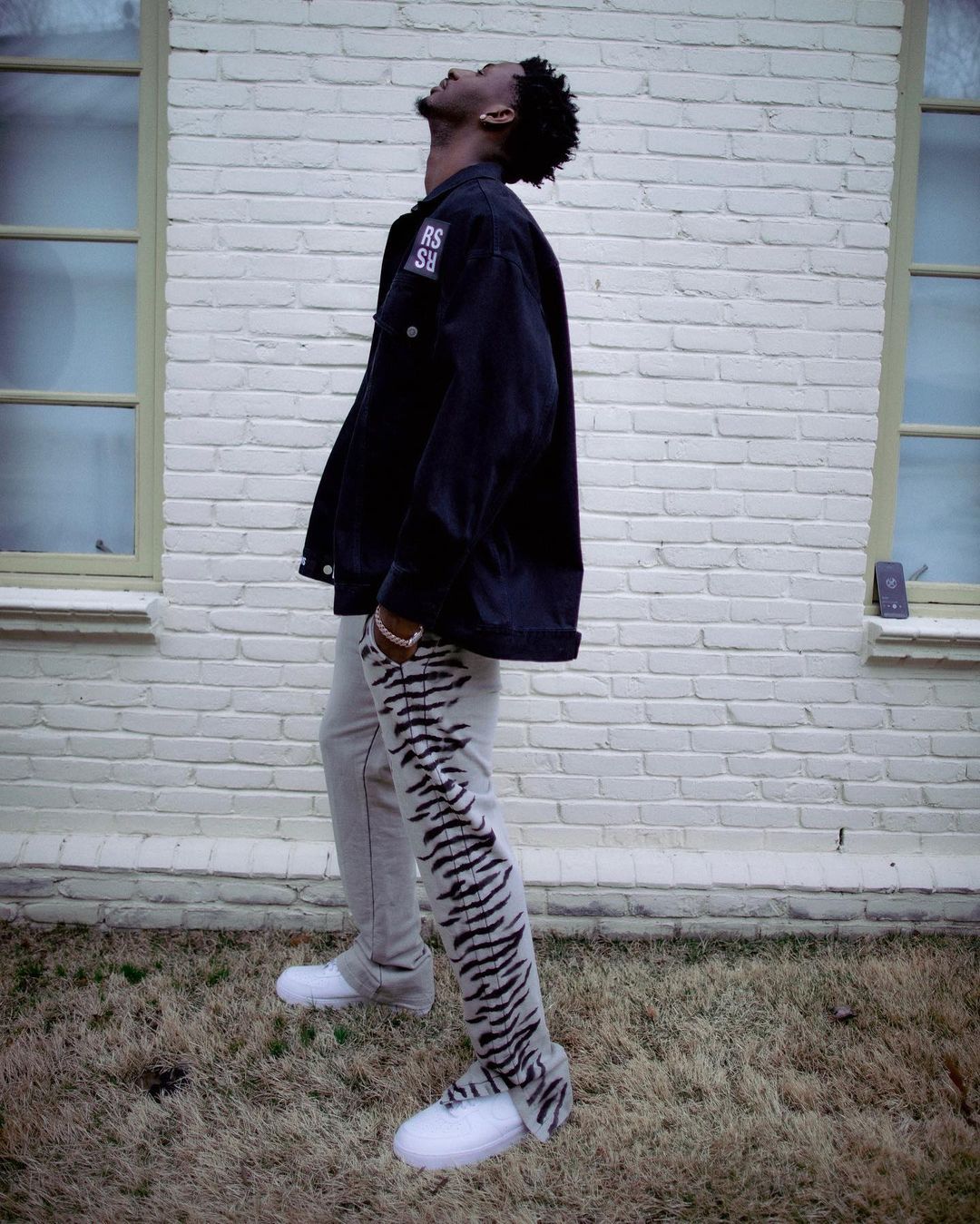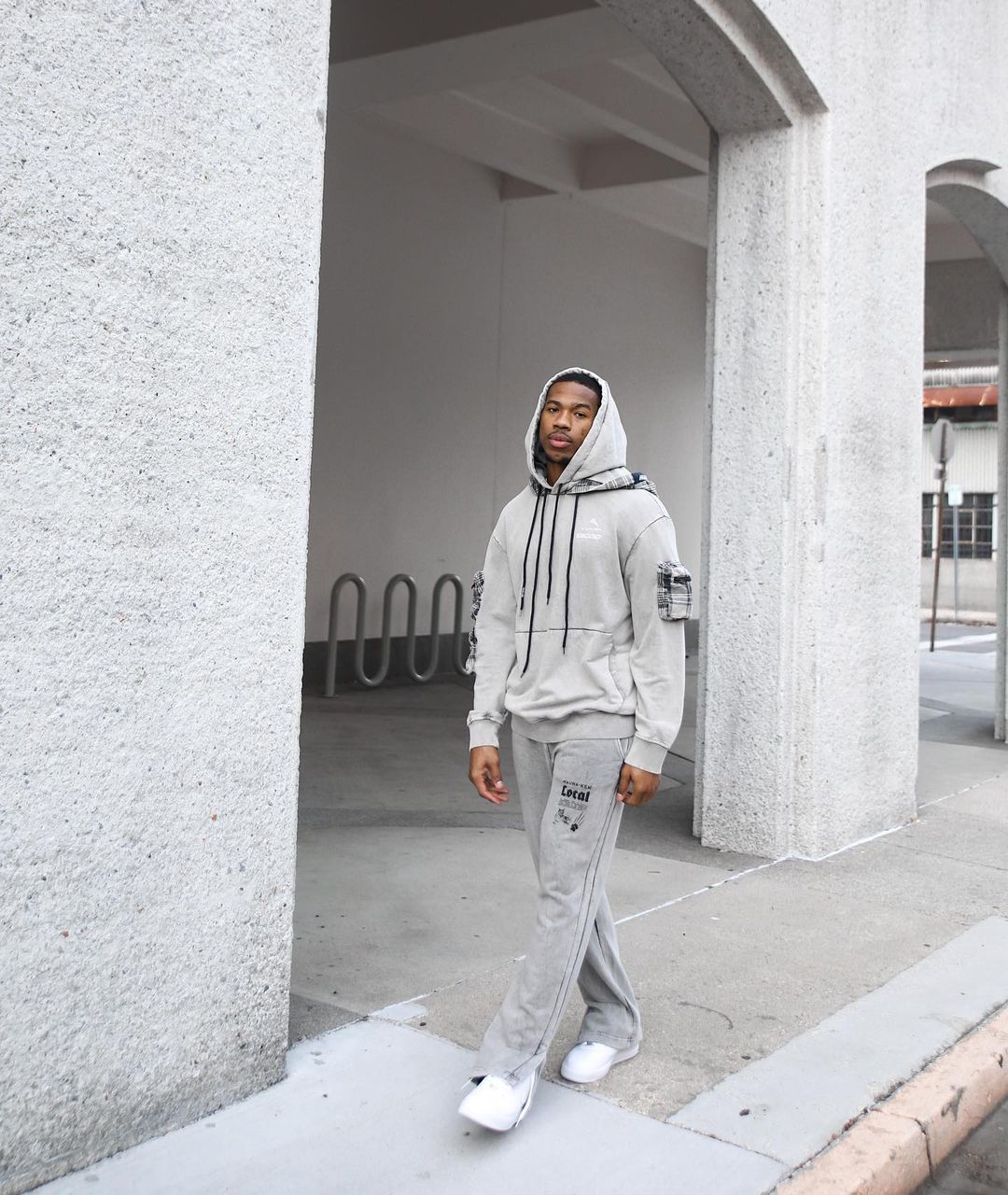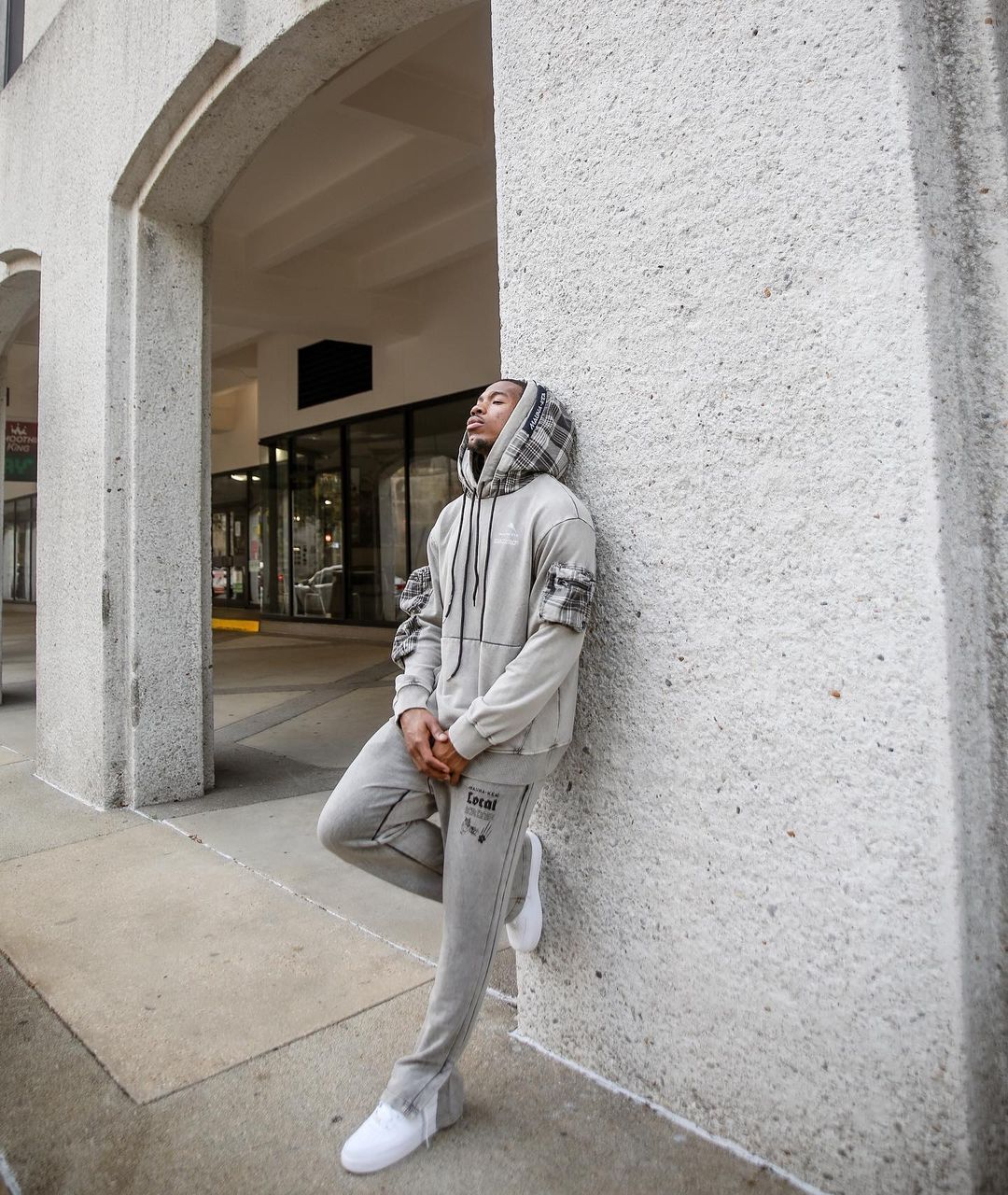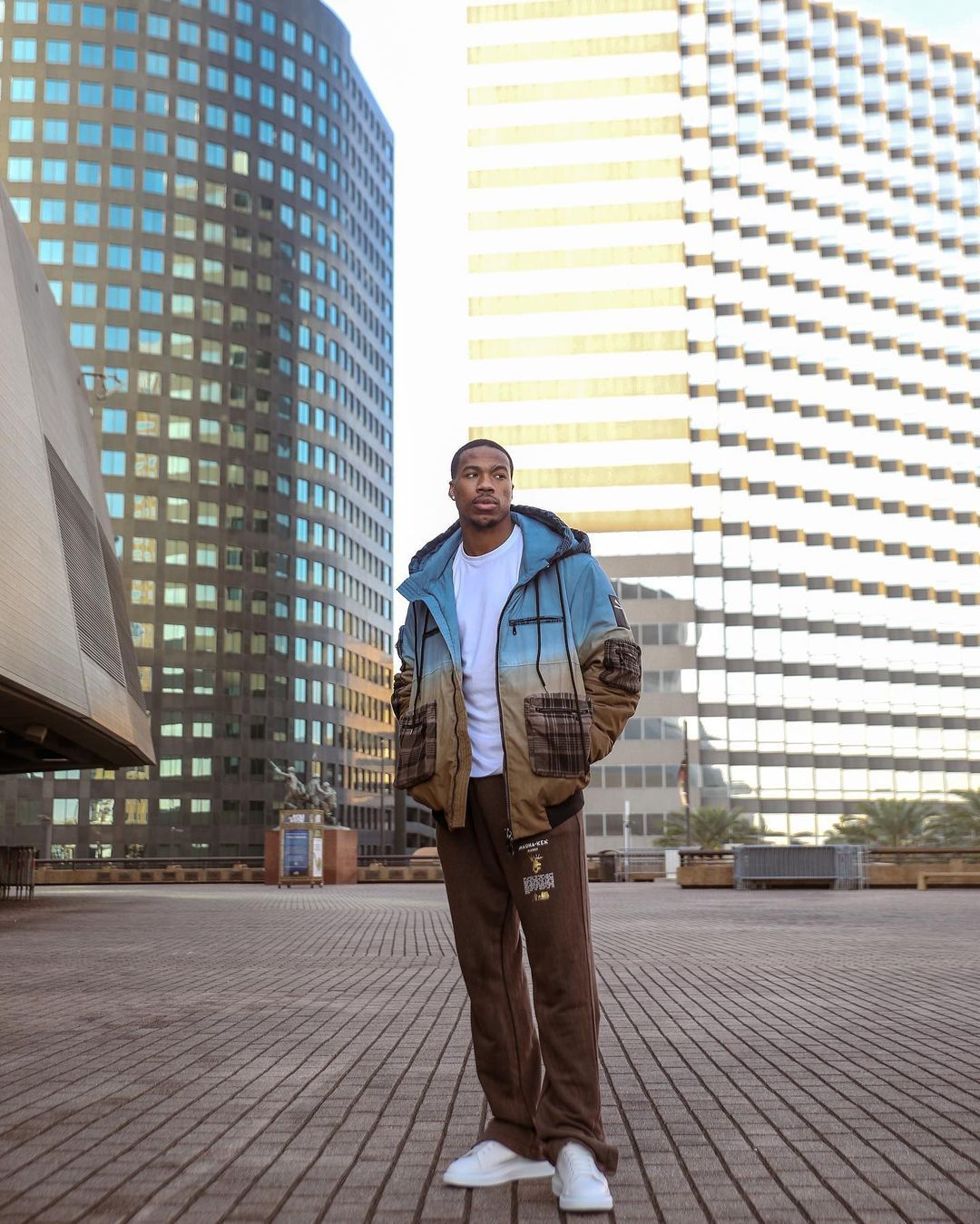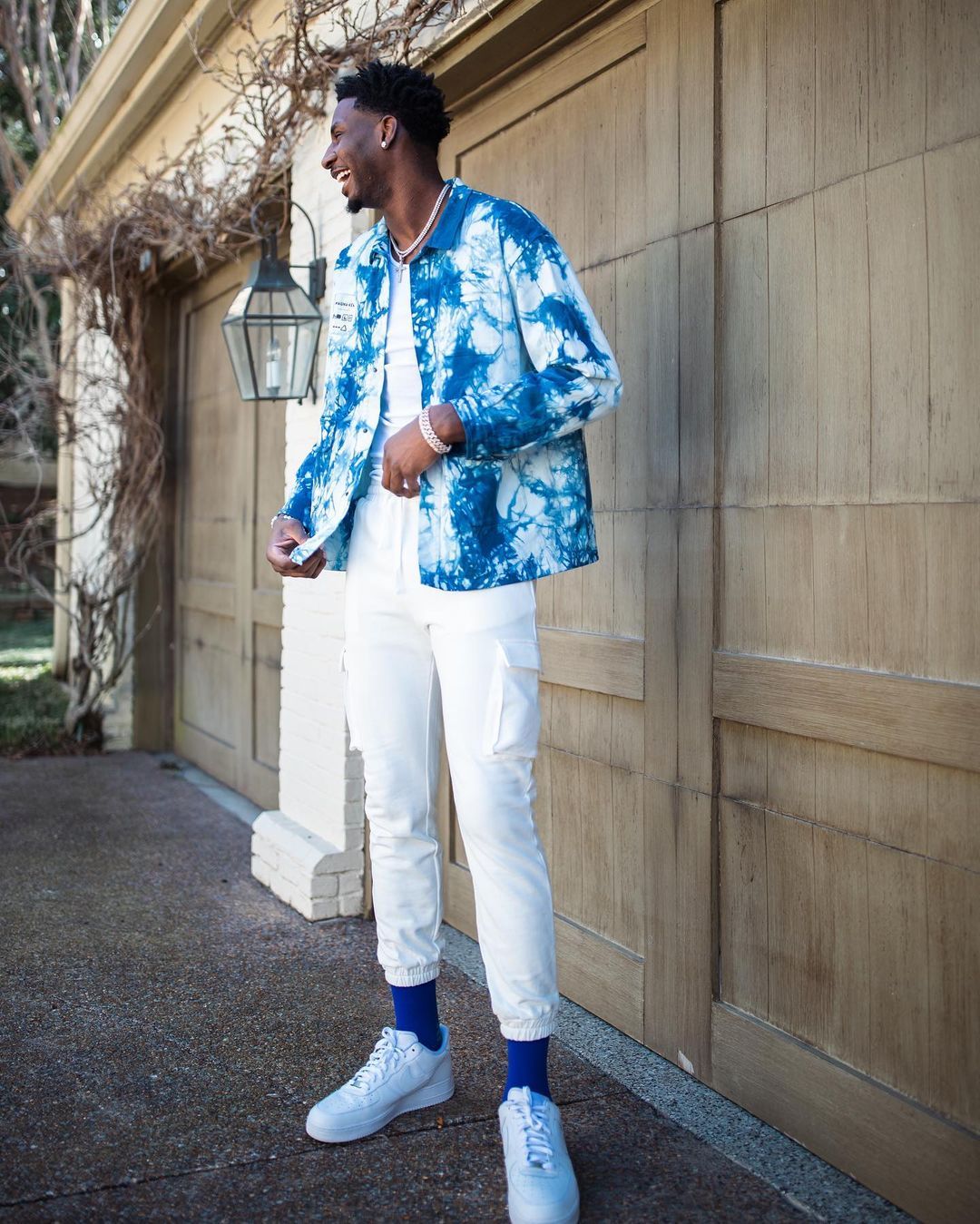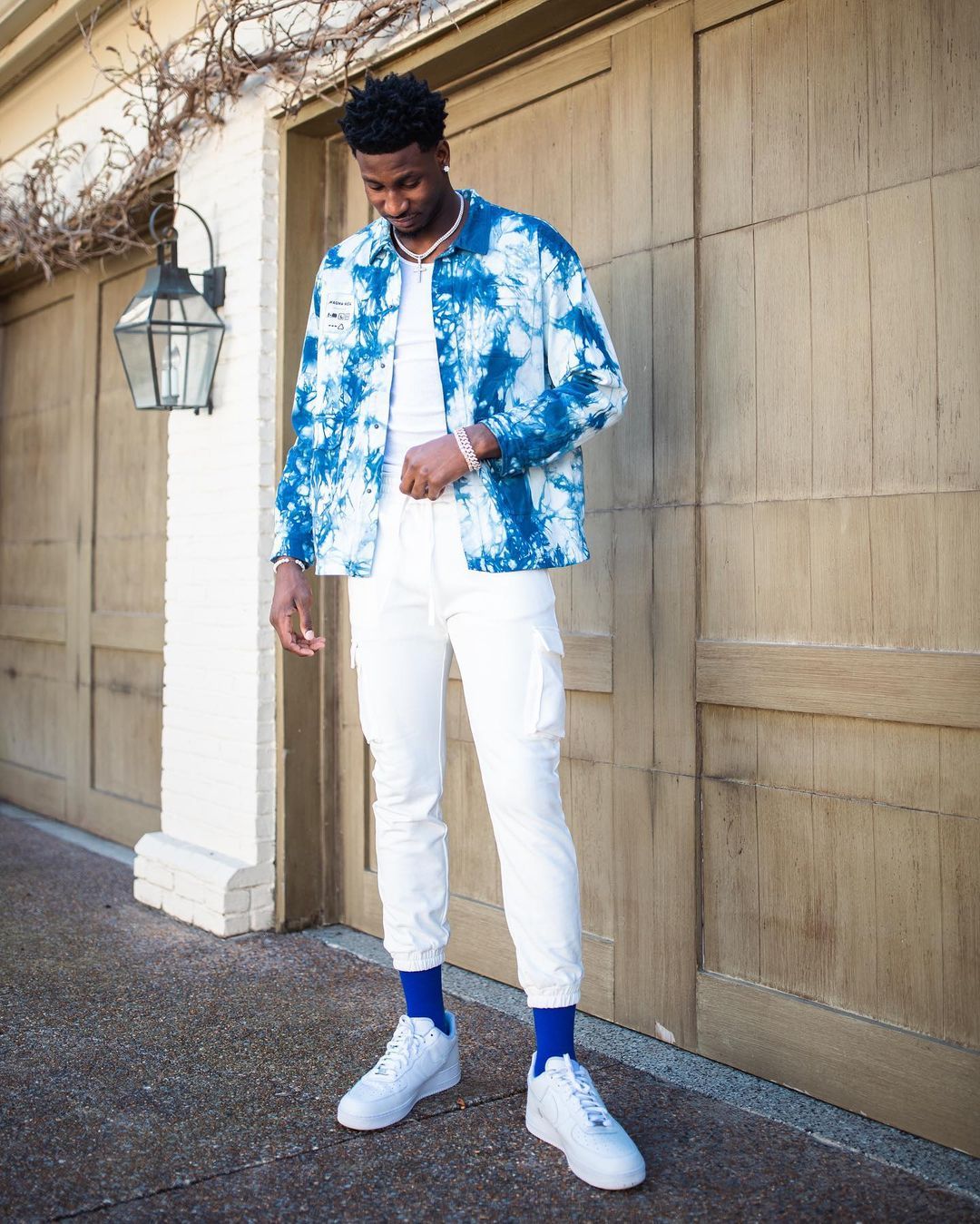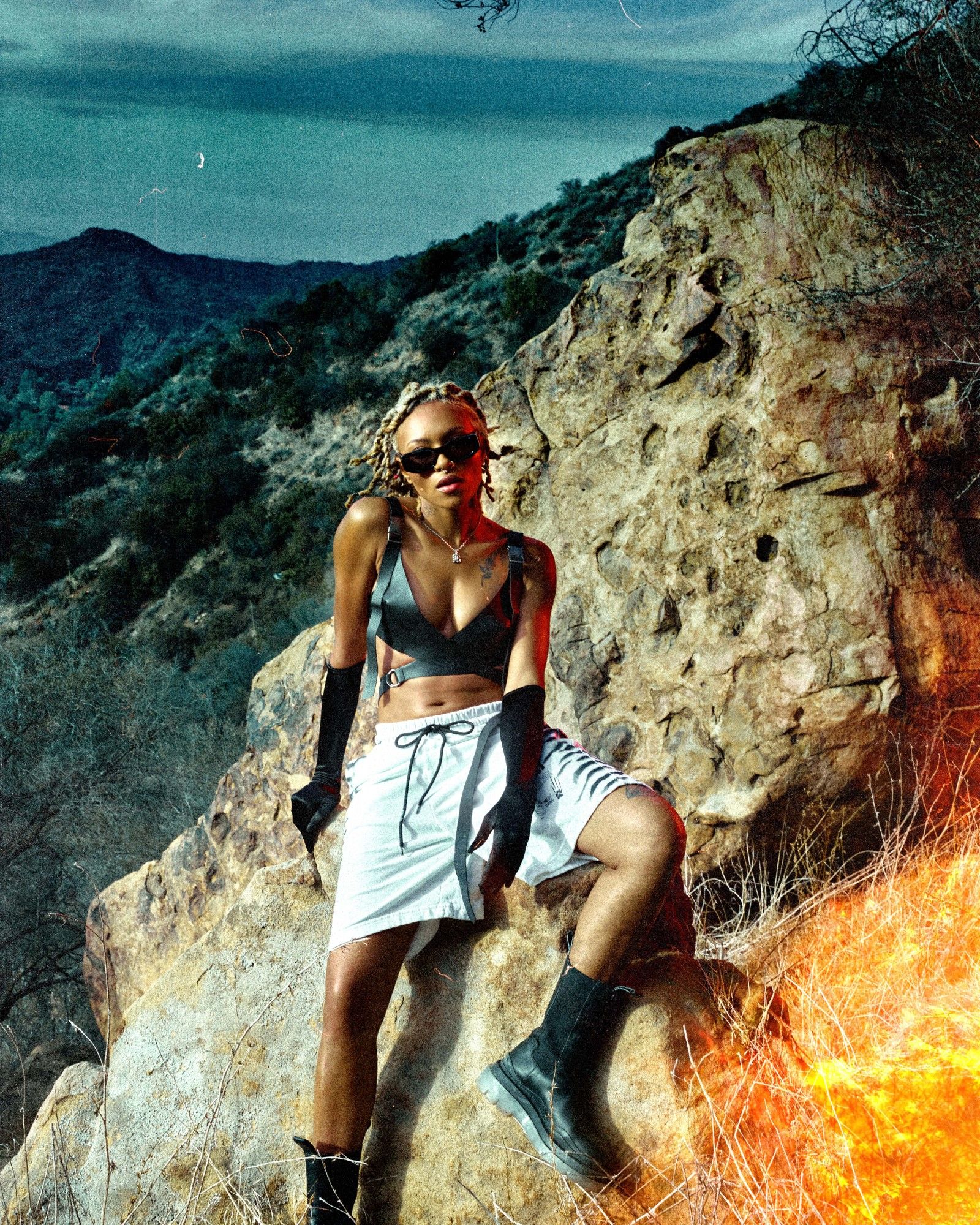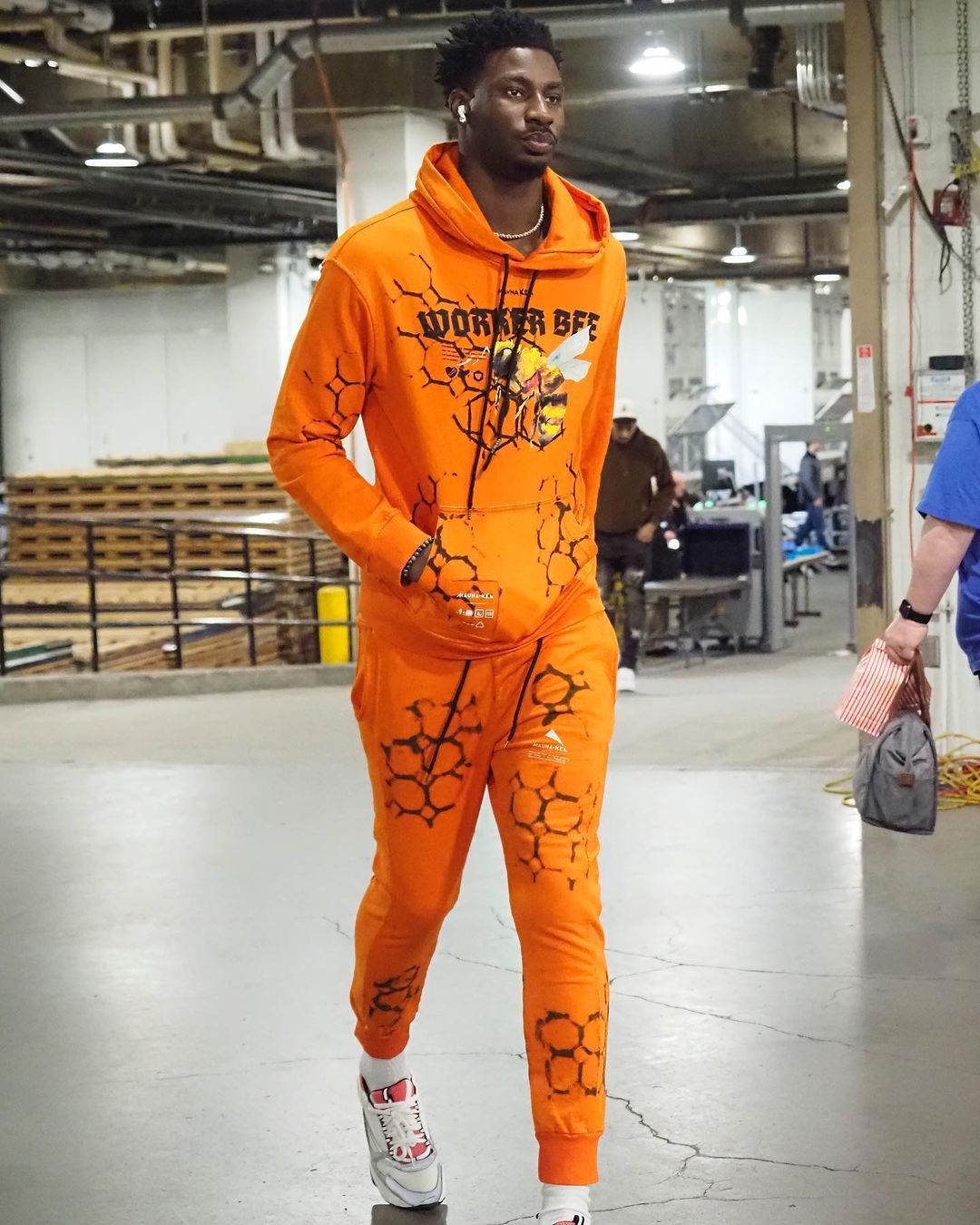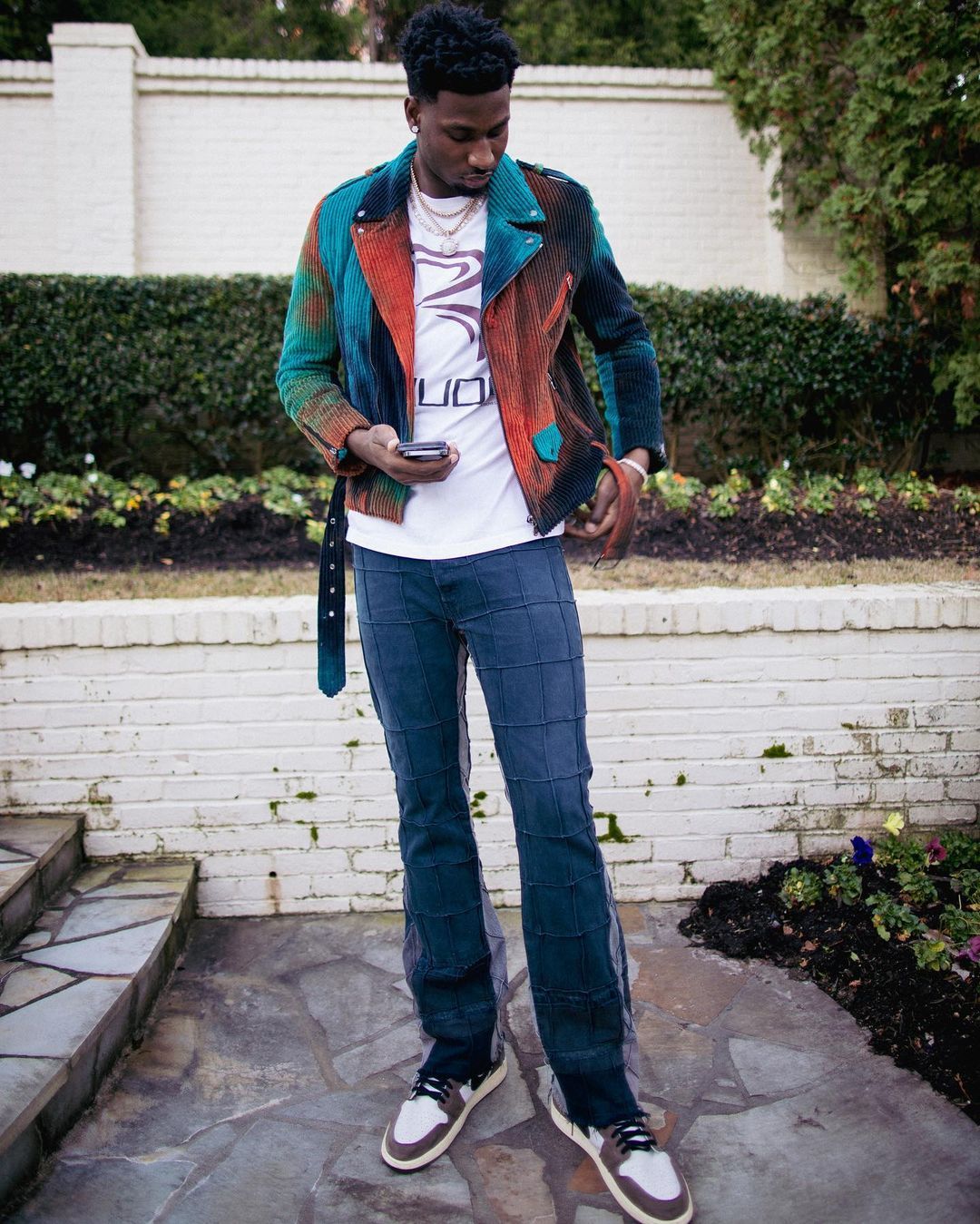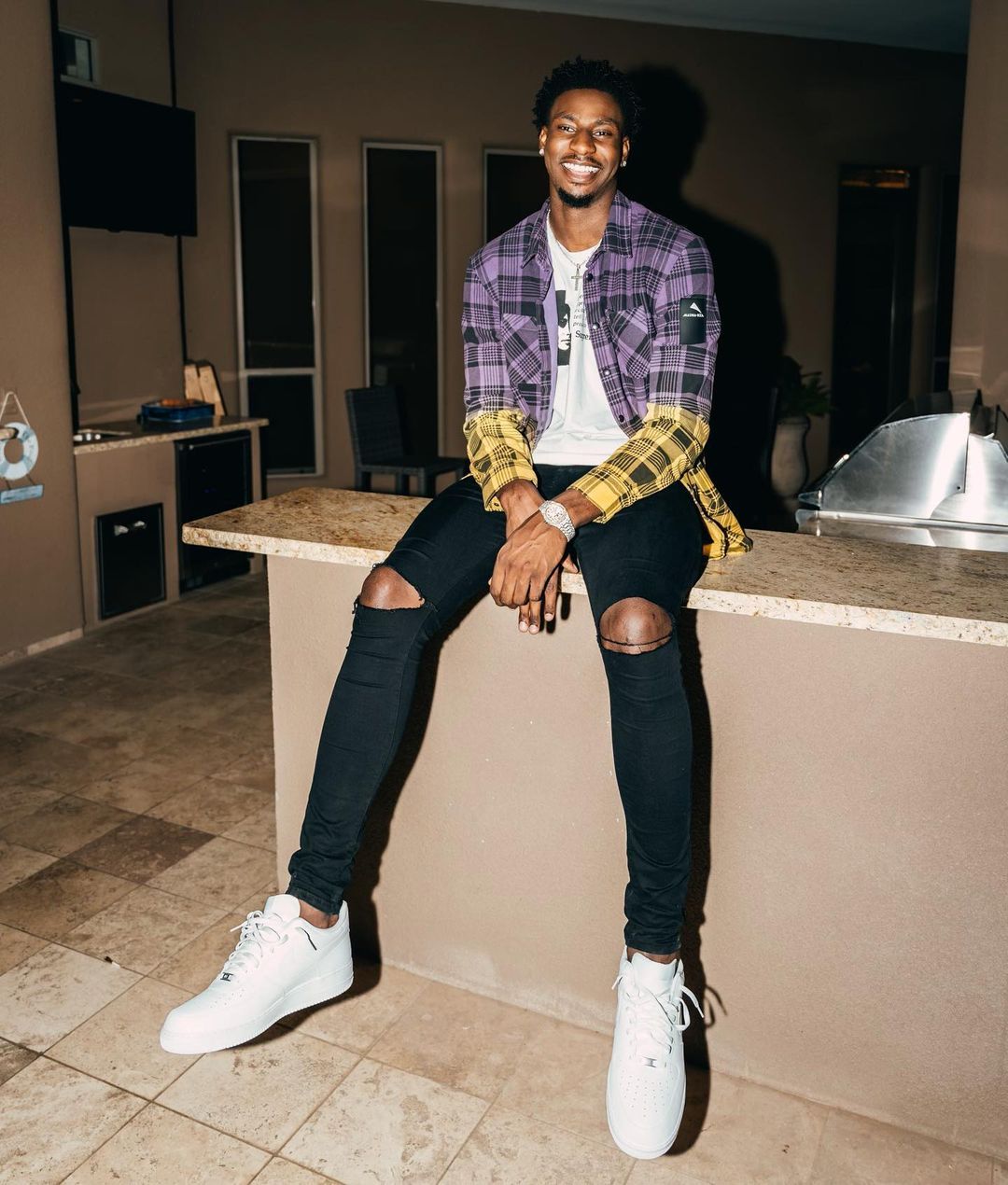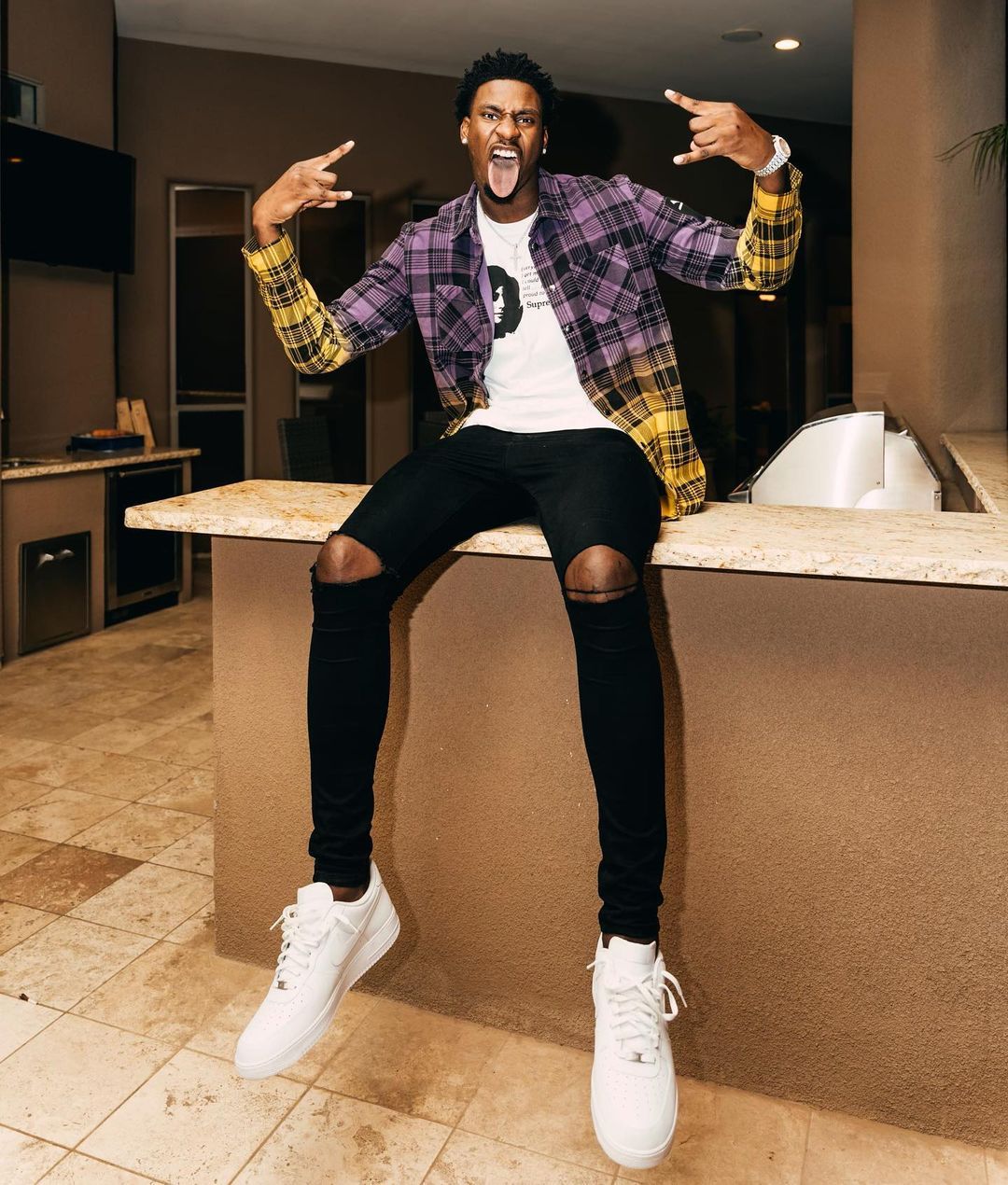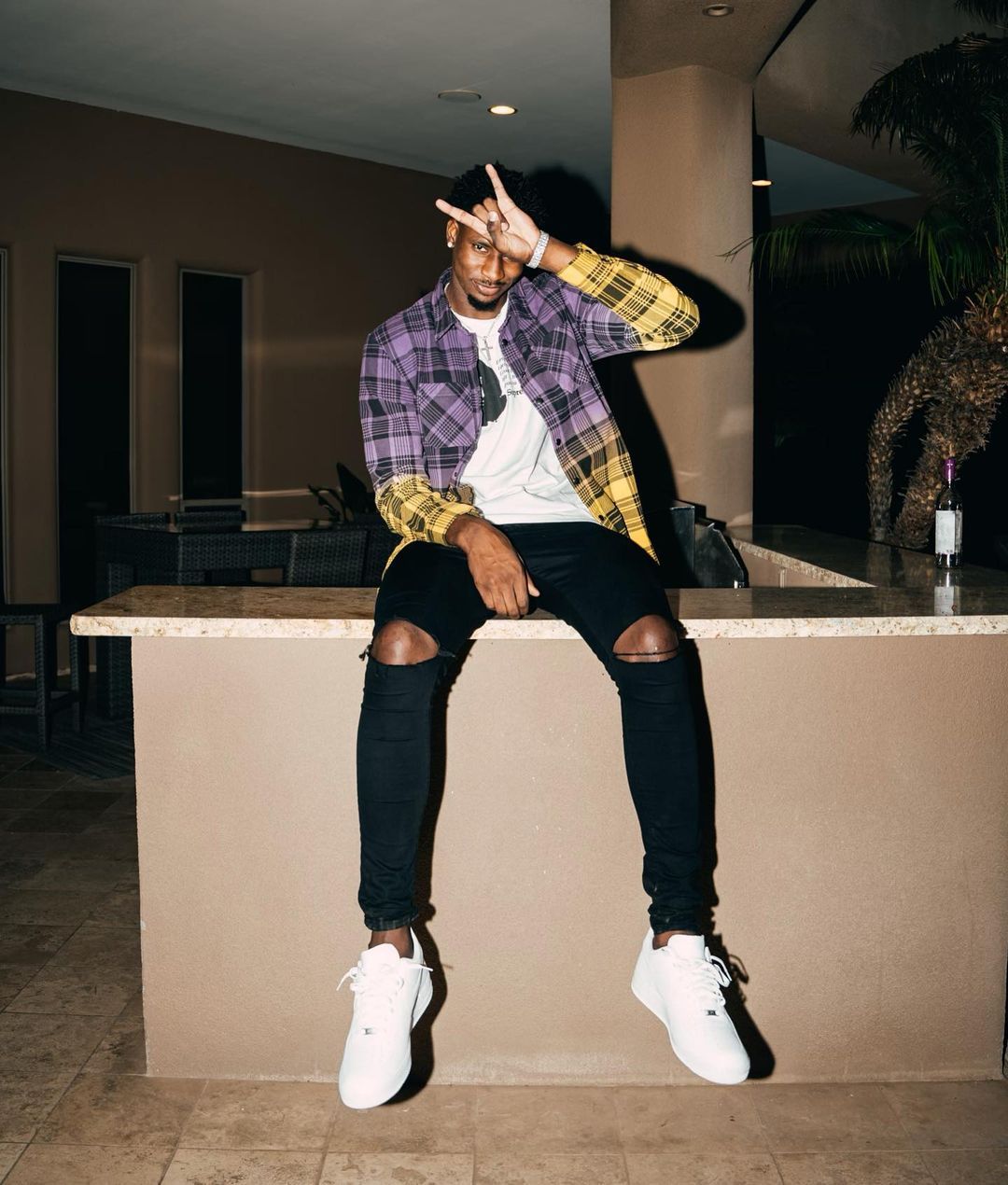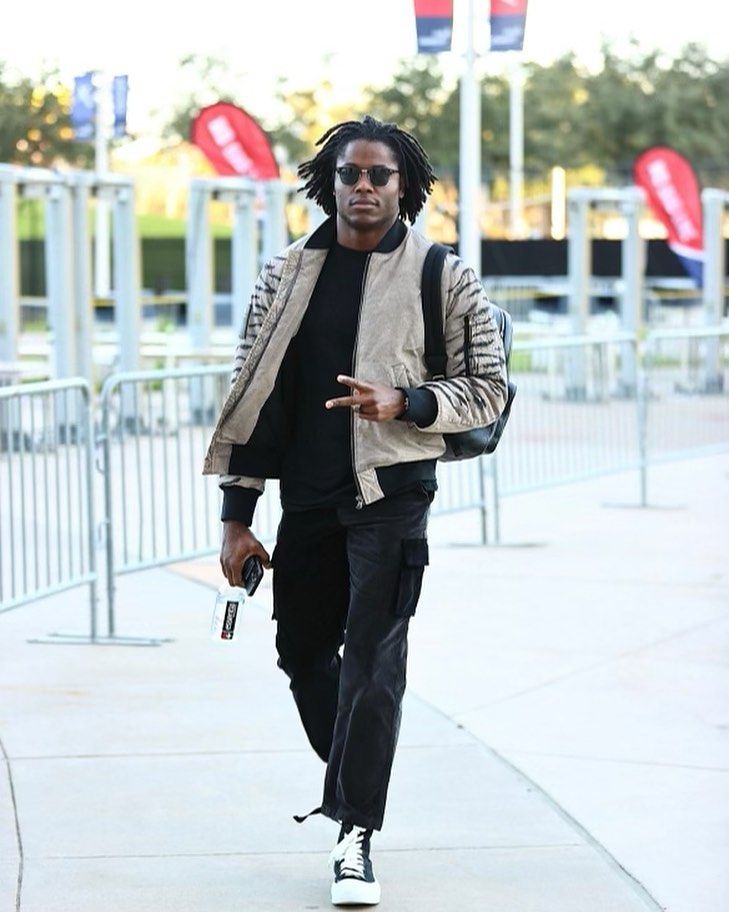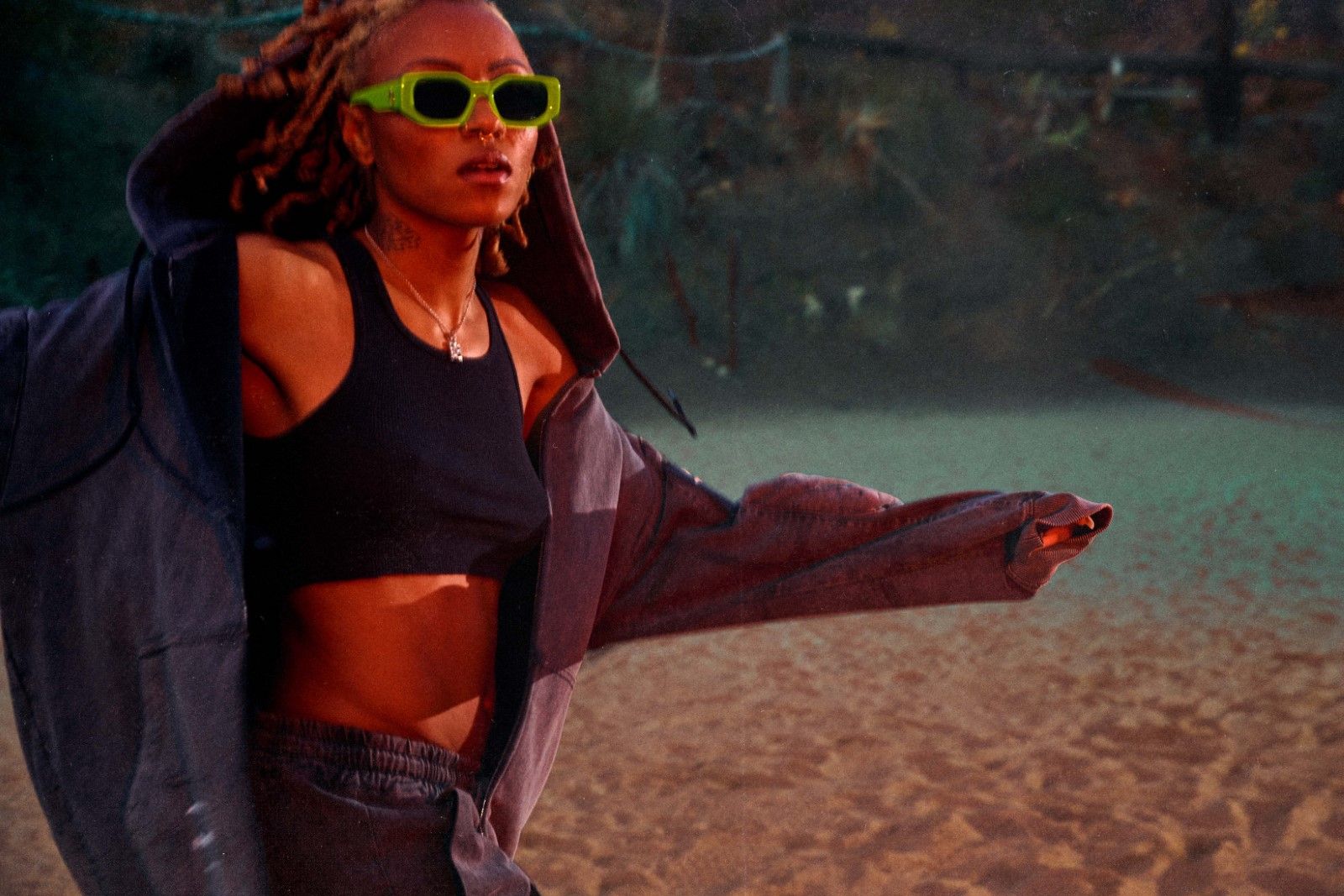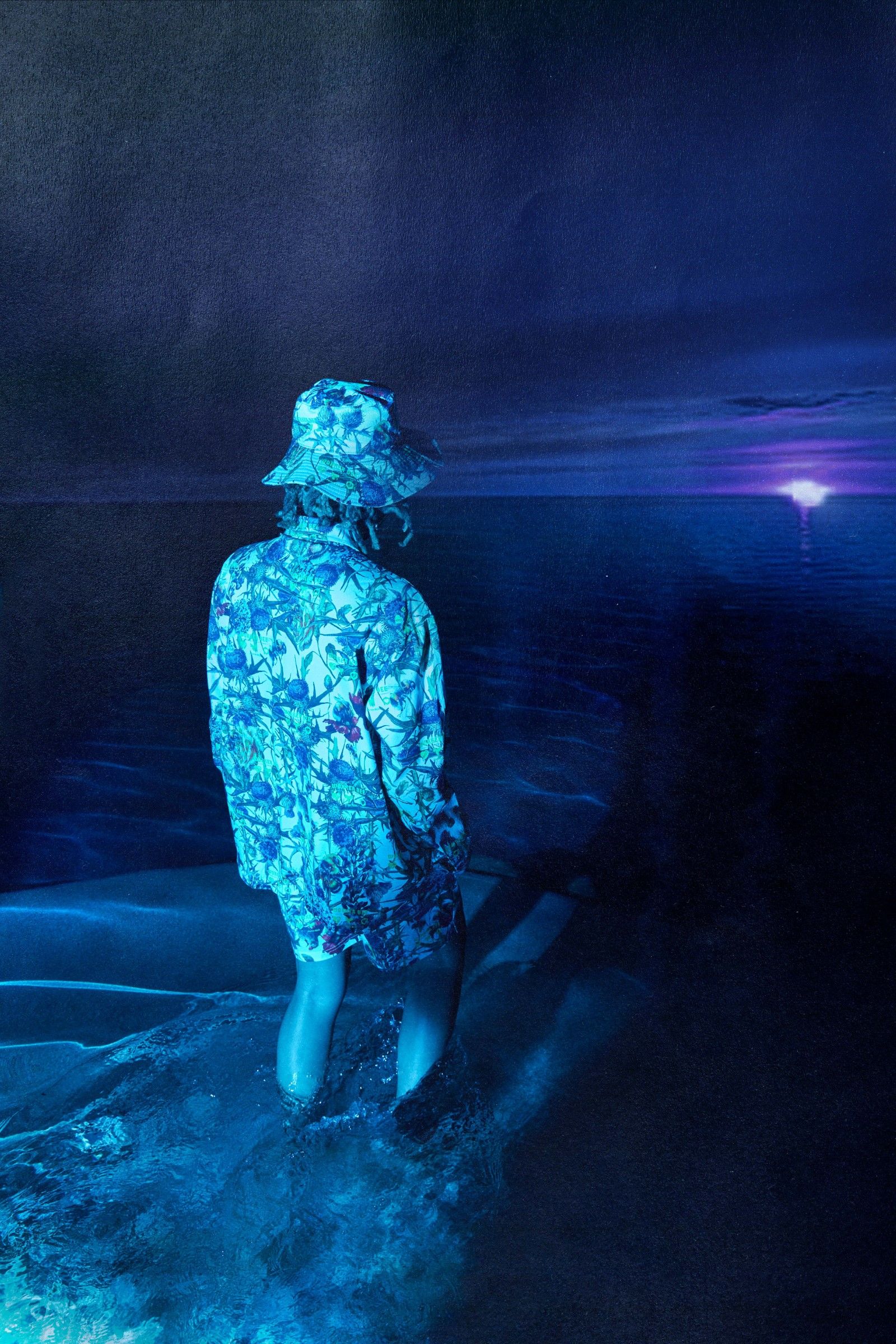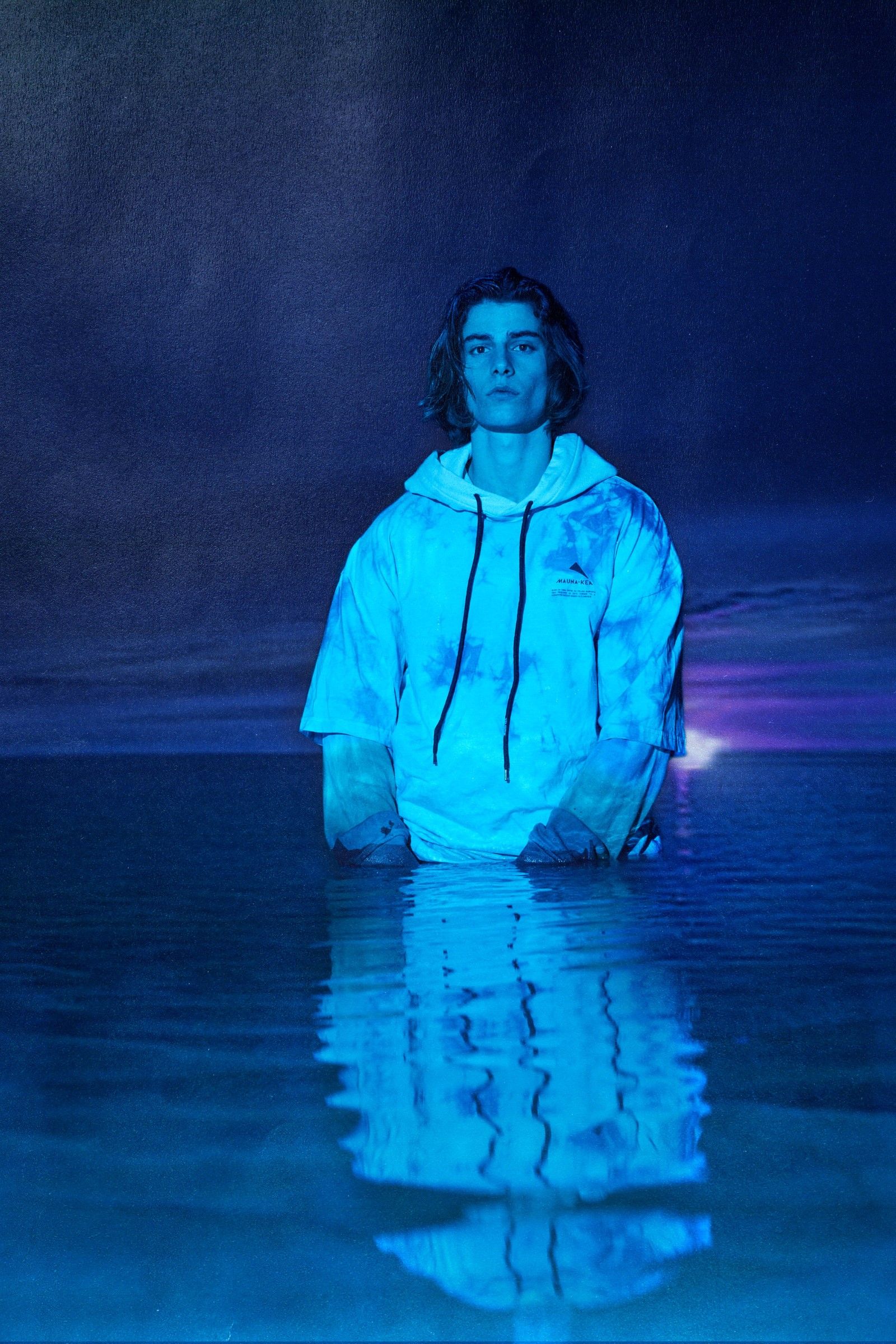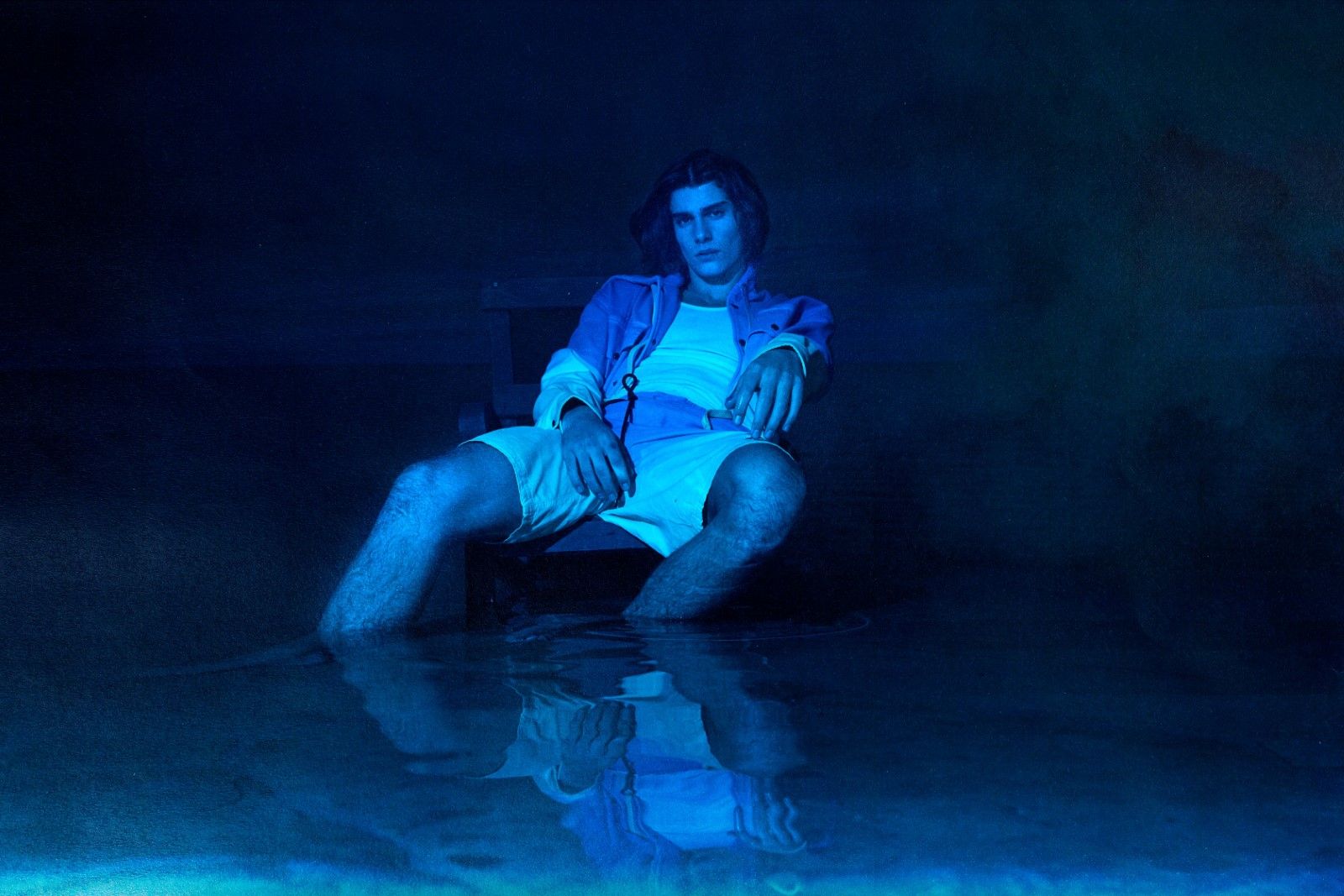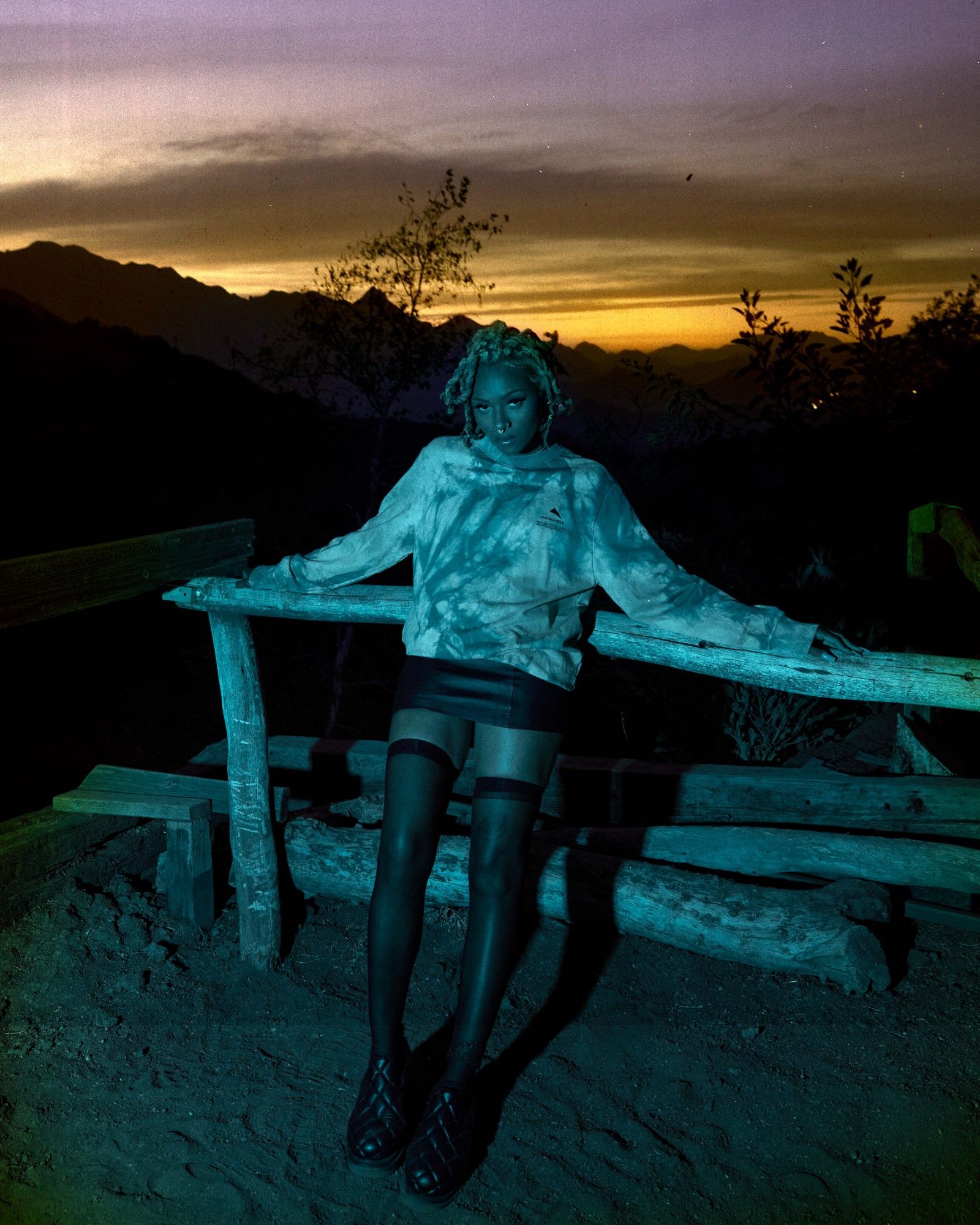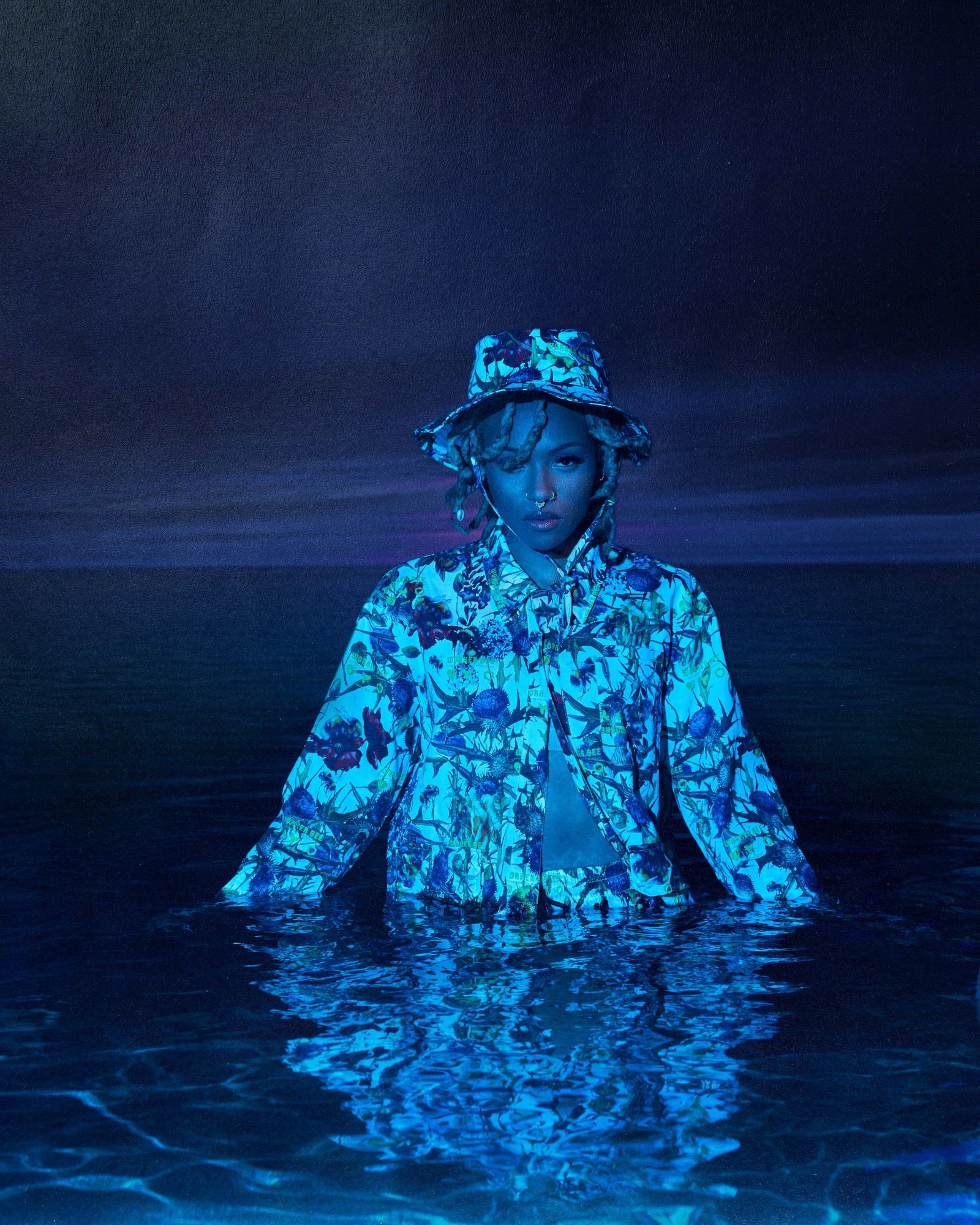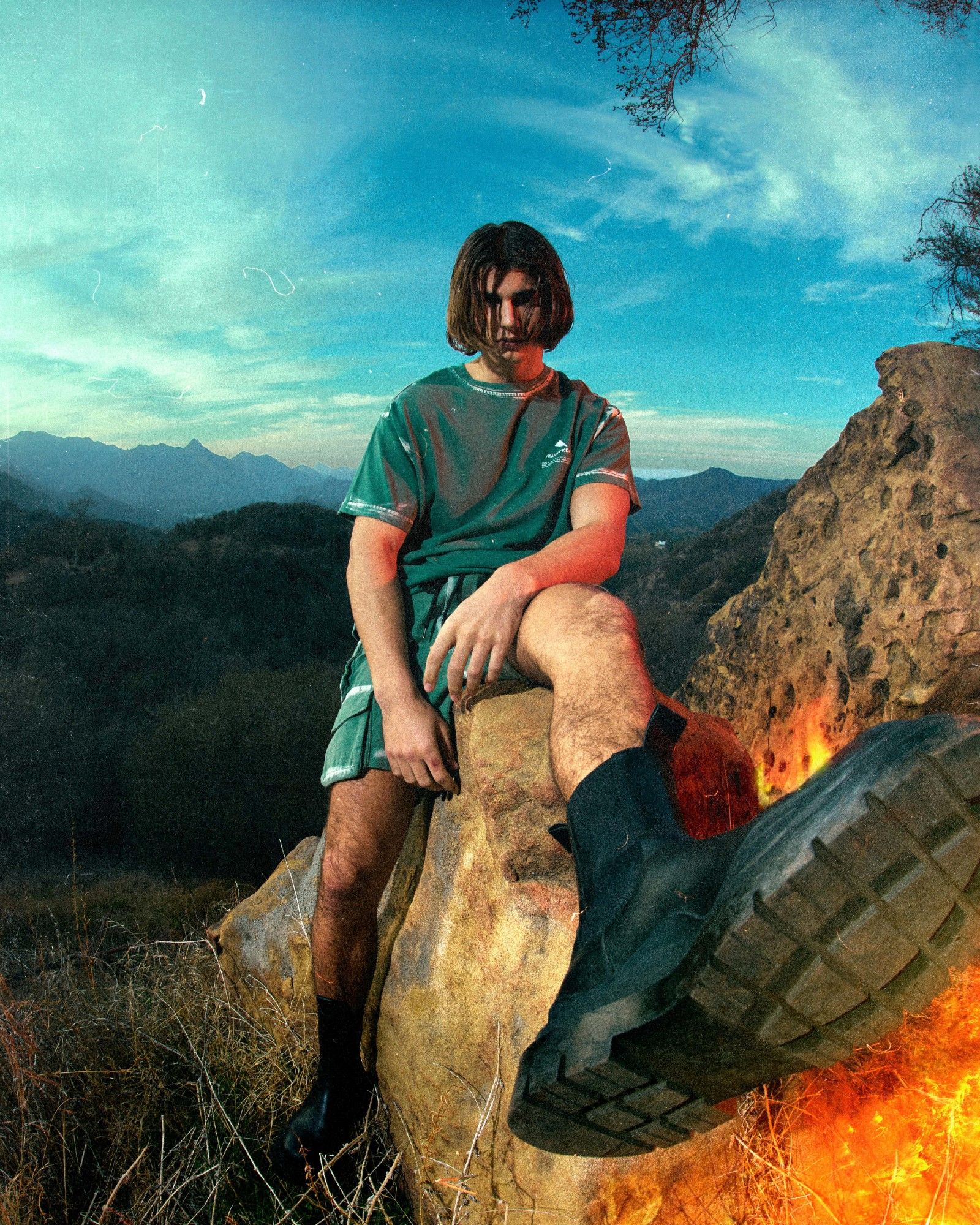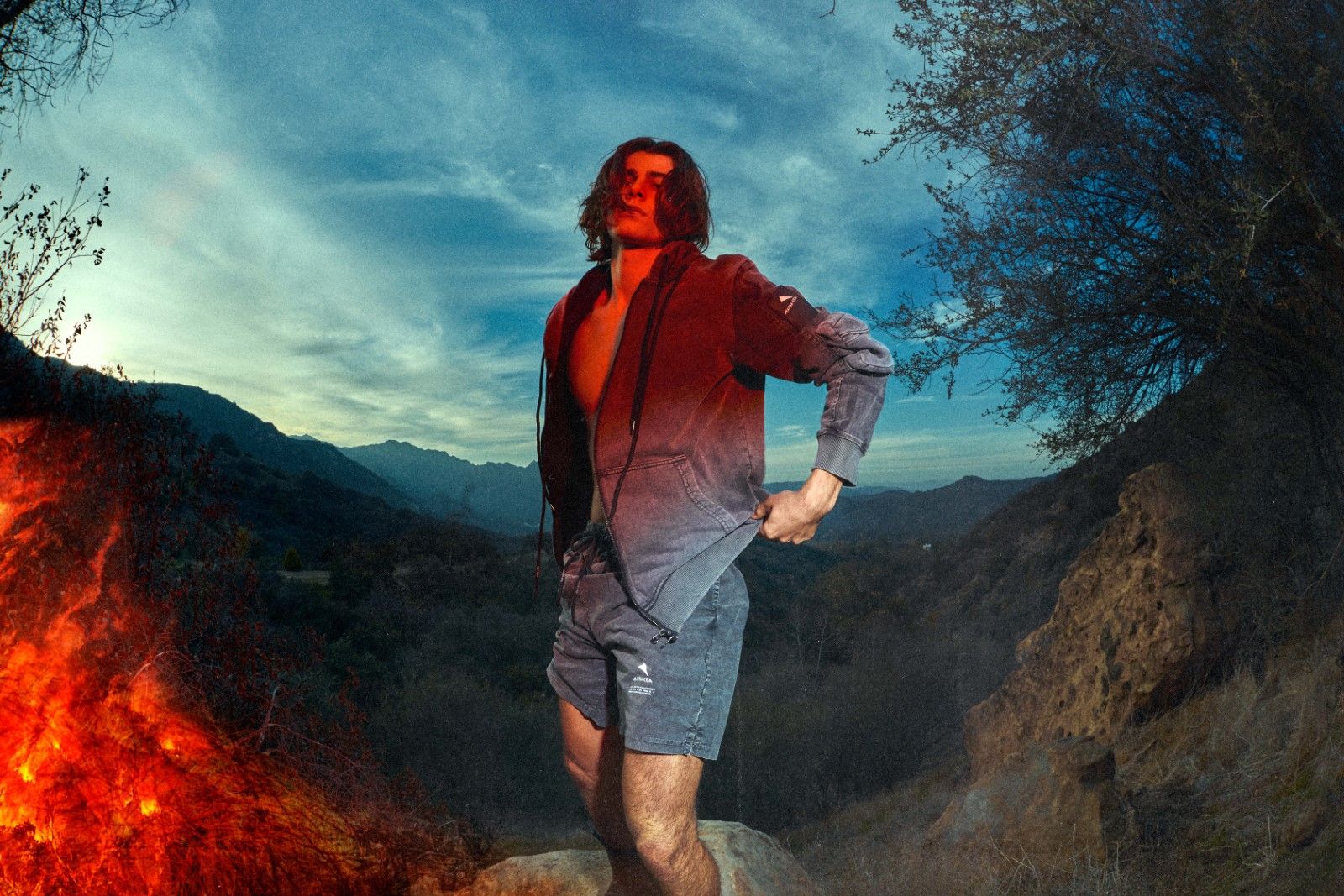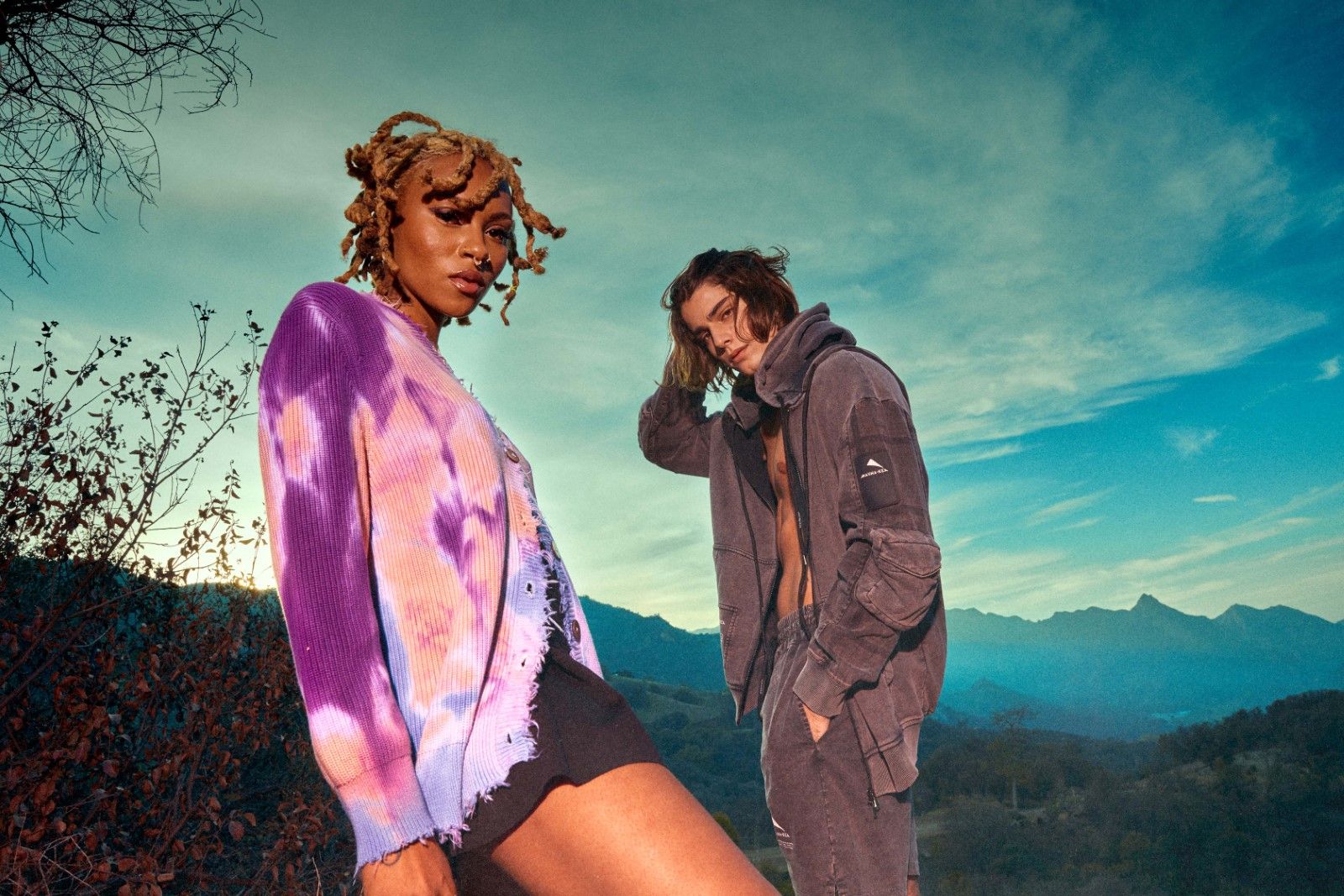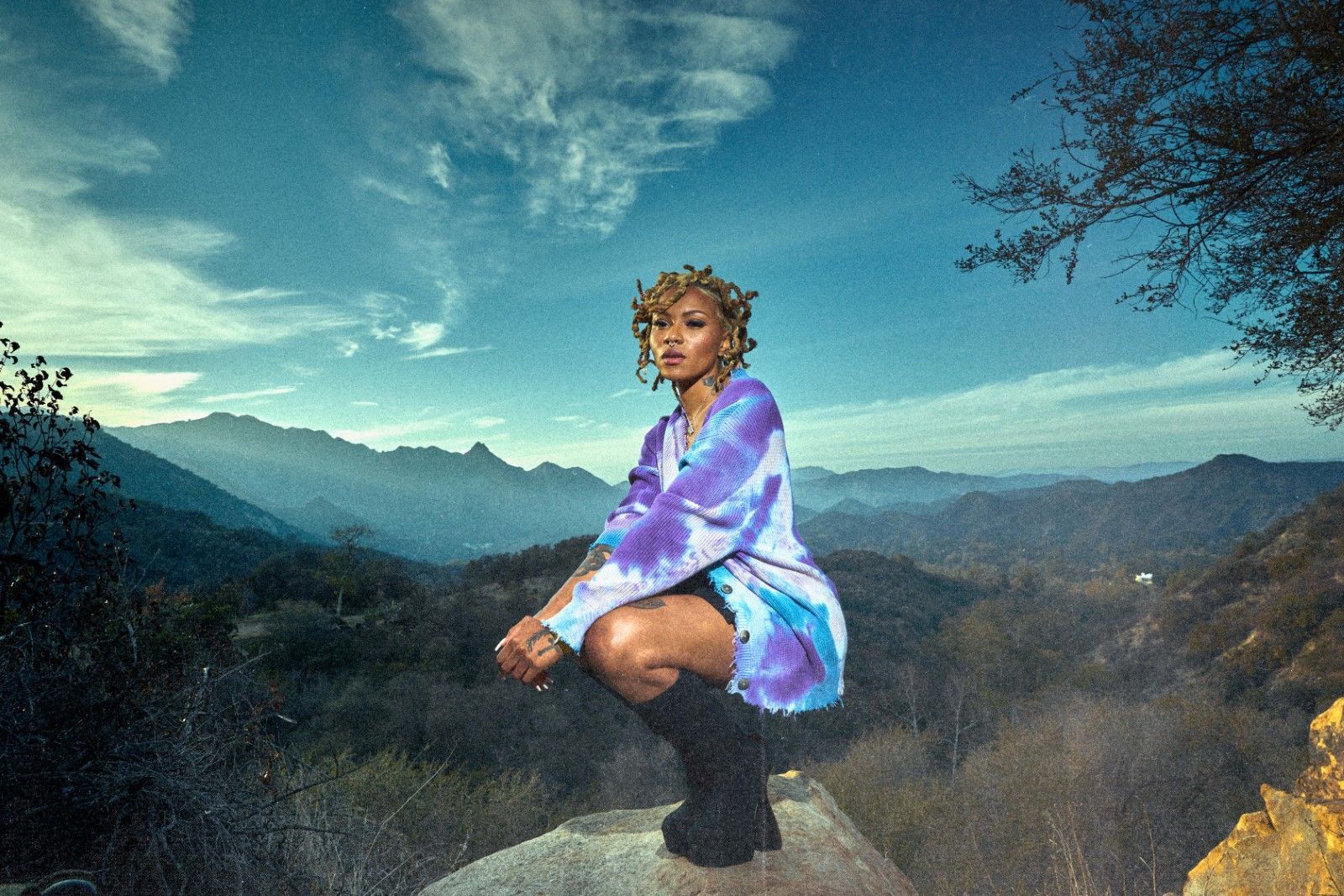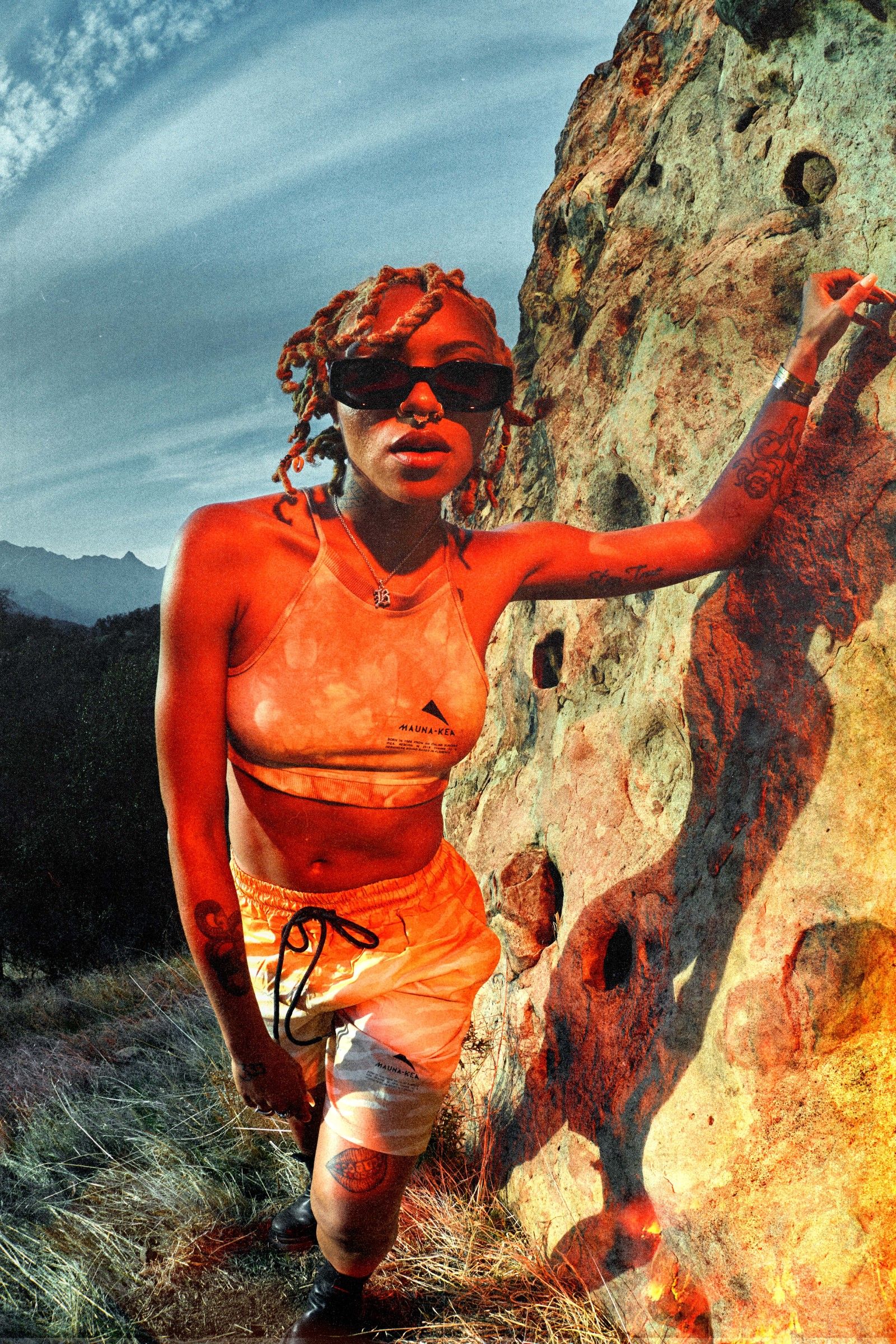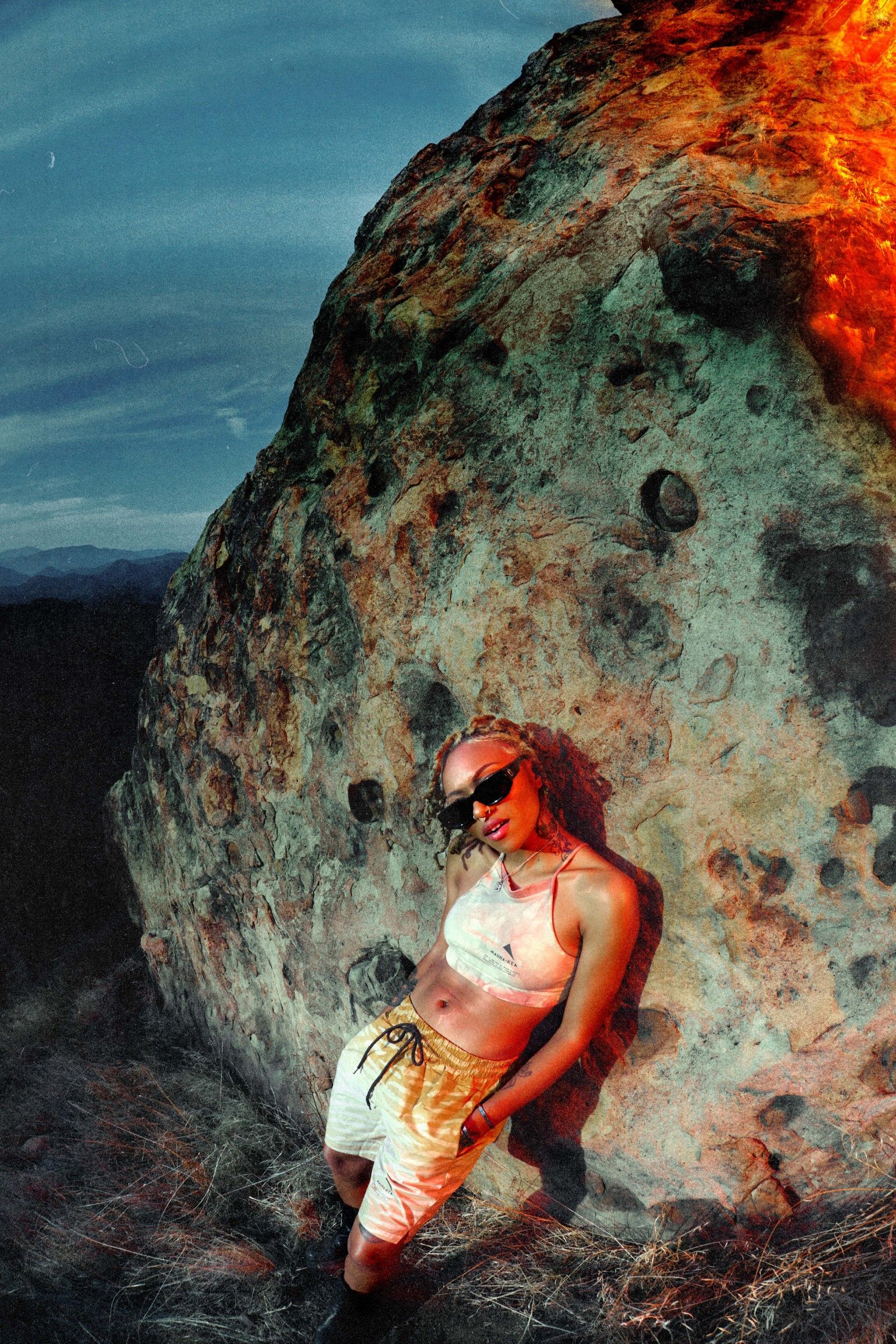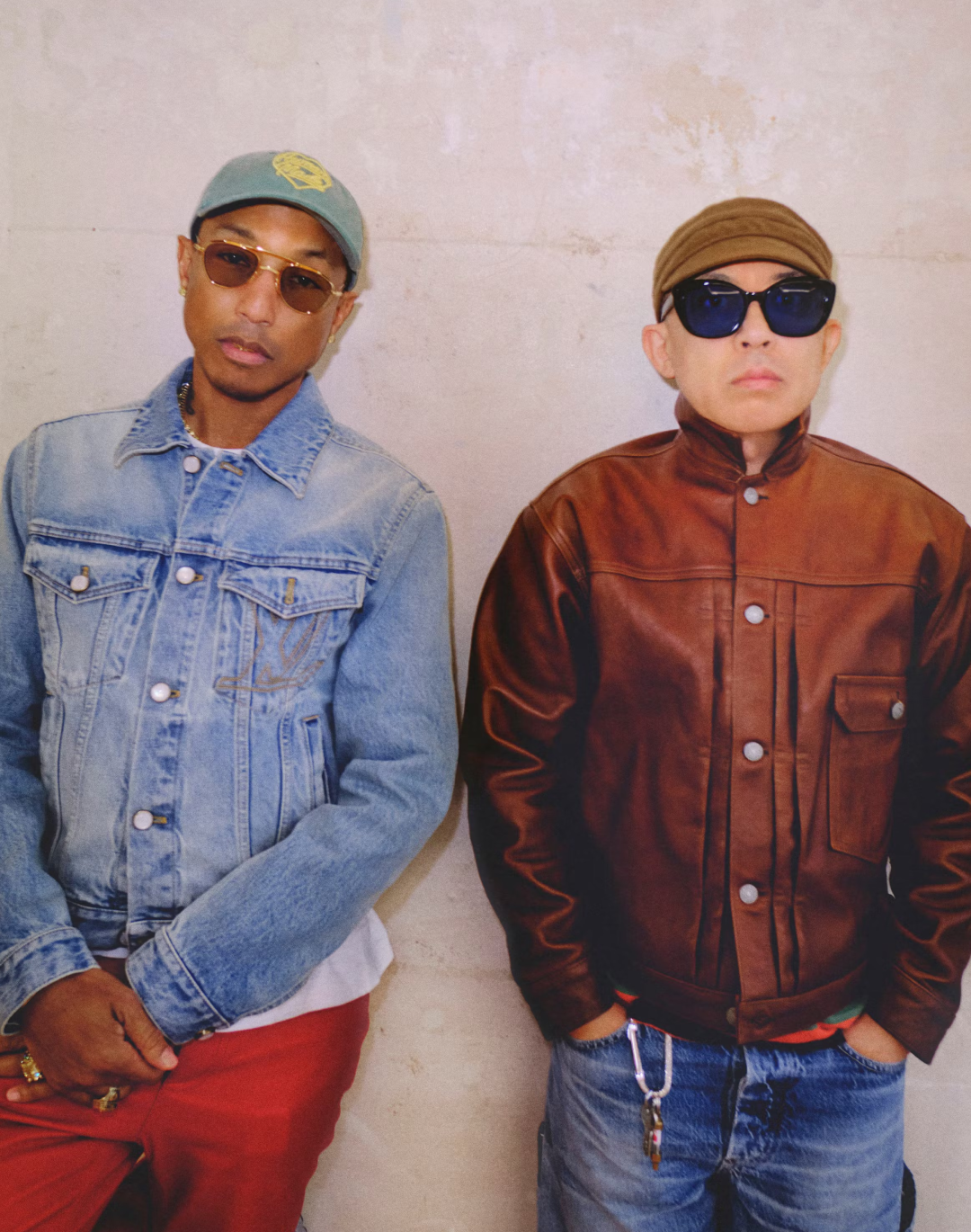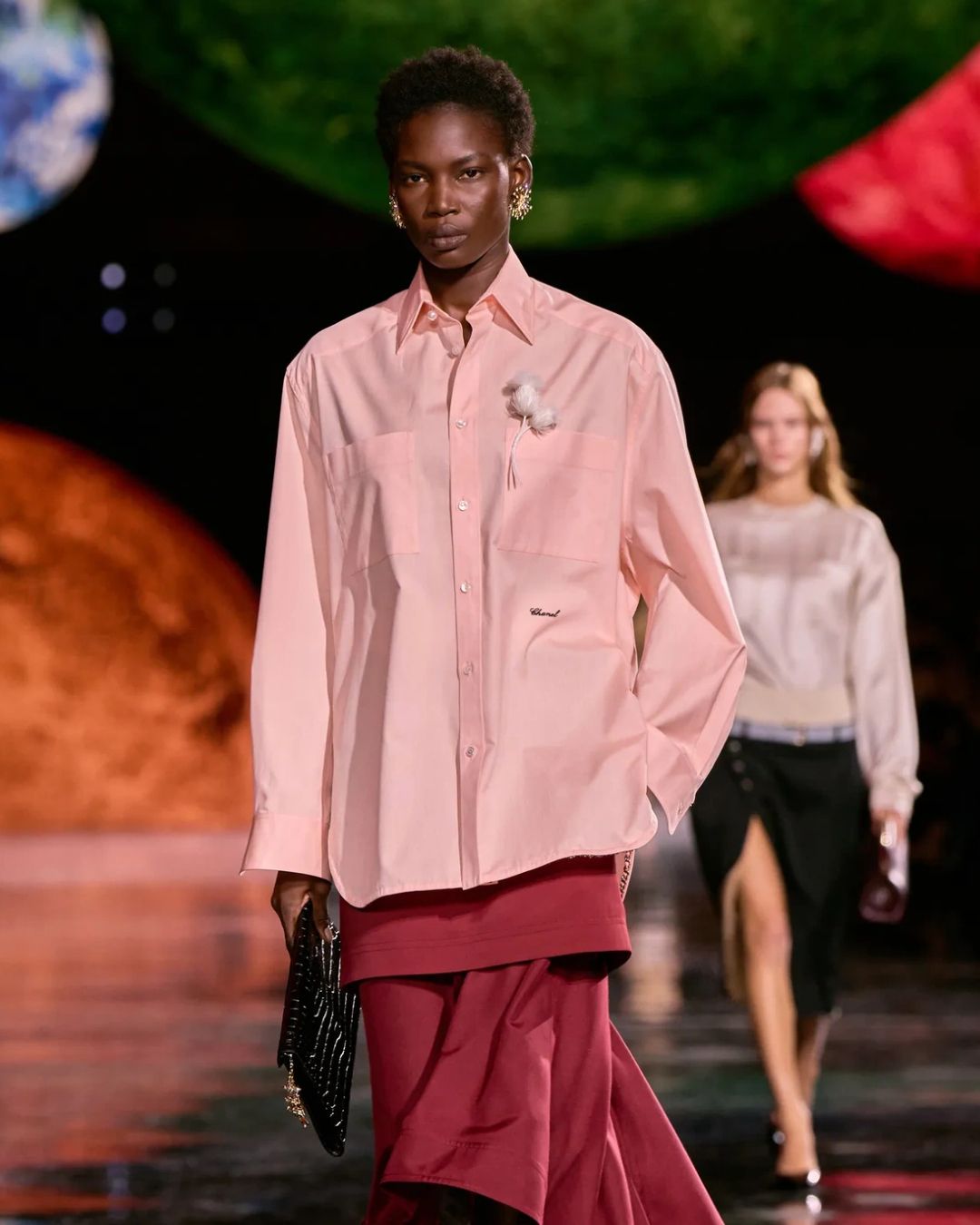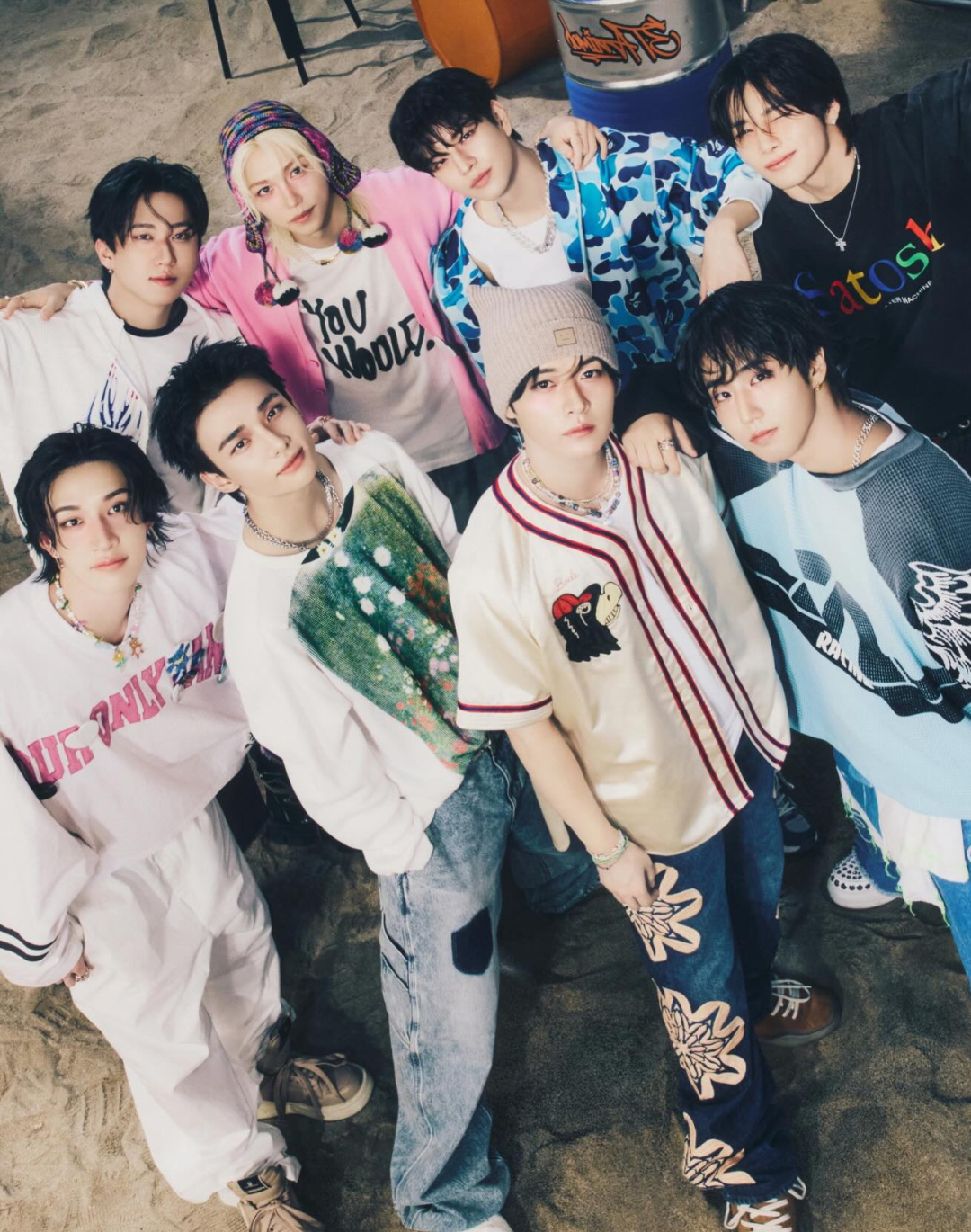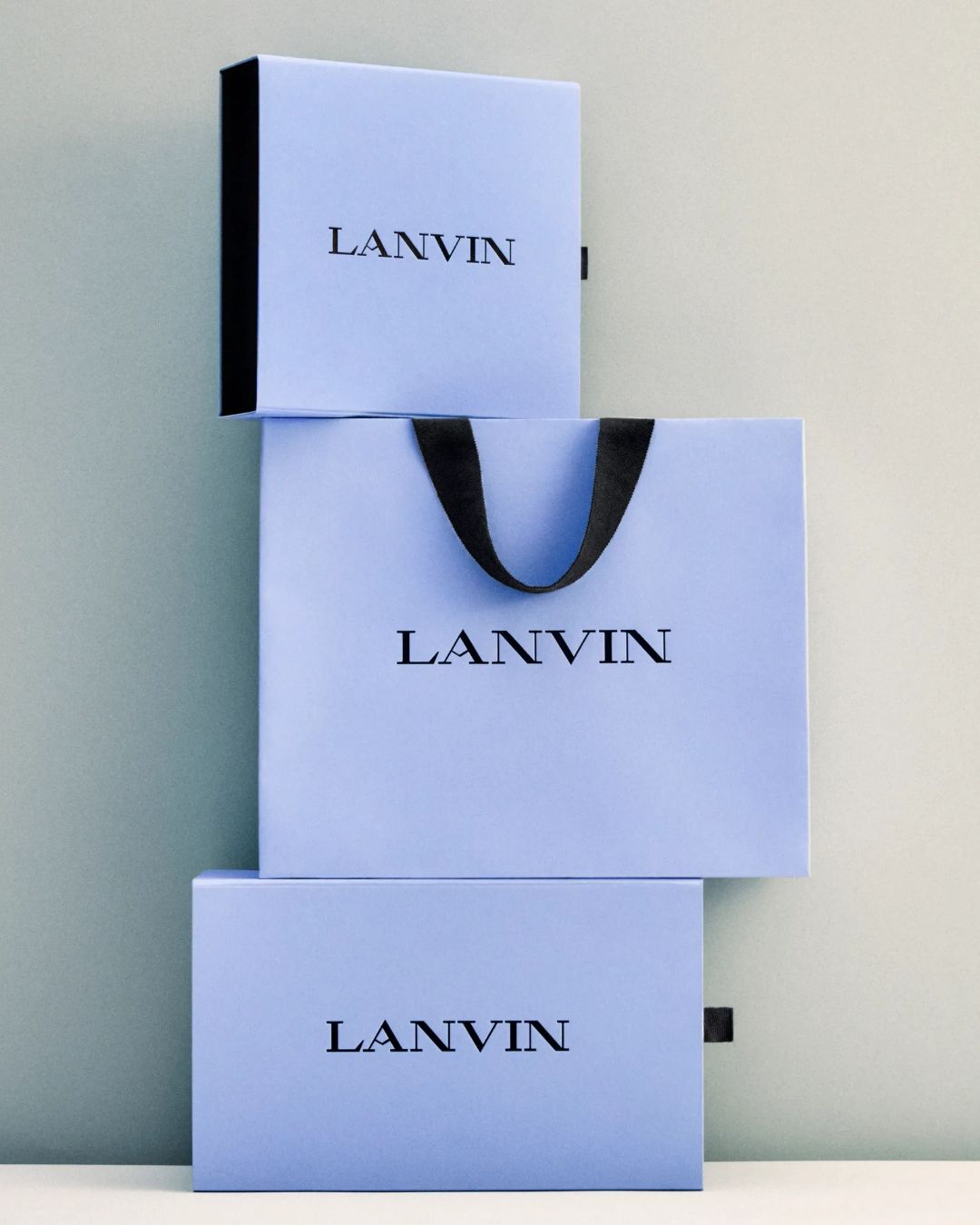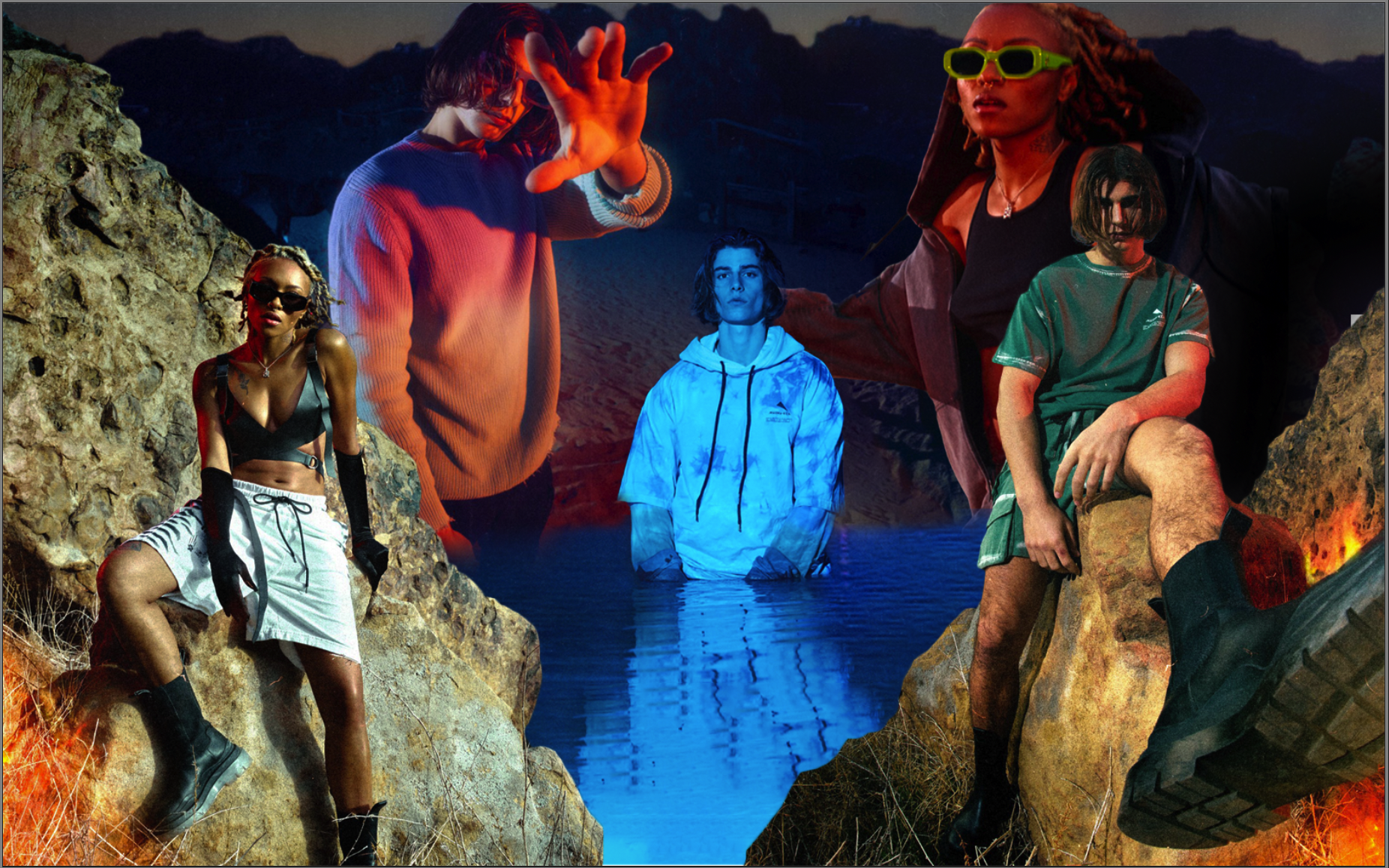
Mauna Kea: when surfwear came to Florence. How a brand with a Hawaiian name redefined Italian streetwear
The term Mauna Kea means, in the original Hawaiian language, "White Mountain." And indeed, the always snow-capped profile of the great volcano that towers over the archipelago is one of the most iconic views in the landscape of that corner of the world. It was that very profile, in 1988, that must have fascinated the young Florentine surfer who traveled the world in search of the perfect wave who then, back in Italy, founded a brand named after it: Mauna Kea. At that time, in Italy, the myth of surfing culture existed as something far removed from a bourgeois society that had not yet detached itself from its Euro-centric, preppy codes, very much founded on bon ton that only in those years were opening up to new subcultures such as paninari, flower children and goths. Already from its founding, the brand brought a breath of fresh air to a world that was unfamiliar with the freedom of surf and sea - its sporty cuts, bright colors, and patterns ignited the imagination of an Italy that was finally, at the height of a decade as prosperous as the 1980s, beginning to look with curiosity toward new and broader horizons. The main novelty and uniqueness of the brand is its "no season" spirit: just as the Hawaiian volcano has snow at the top and the sea downstream, so the brand's products are designed to be cross-cultural across occasions and especially seasons.
The imagery that the brand was able to intercept at the time was that of the many American surf & skate brands of the time that translated into colorful and vaguely edgy items the exhilaration and relaxation of the surfing communities that made annual pilgrimages to Hawaii or California in search of the mythological perfect wave. That kind of surfwear aesthetic was extremely American-all the historic surf brands were born around the same time, the 1980s, and they were all American. Mauna Kea was the difference. Riding the literal wave of surf fever, the brand brought surfwear to the Tuscan hills, introducing the freshness of that style to the world of Made in Italy and creating a combination that fueled the brand's dizzying growth from '92 to '96-perhaps the brand's most successful period. Until the middle of the new decade, the brand conquered that nascent cultural scene that, 20 years later, would come to be known as streetwear. The spread of its fluo fleece hoodies and surfer boat shorts among young Italians took place on all levels, making the brand a generational phenomenon. But the spread, in the late 1990s, of a more essential minimalism and the arrival of new brands born from the world of clubbing and television at the dawn of the 2000s attenuated the grip the brand had in the mainstream, causing it to fall into a sort of hibernation that ended only in 2013, when Cool Farm and the young Tuscan entrepreneur Felix Vannucci took over and relaunched the brand, wanting to reinterpret its heritage.
The brand's second life took place during the explosion of streetwear with a change of narrative that certainly affected its products and aesthetics, entirely Made in Italy, but also its message, emphasizing Mauna Kea's connection with nature, populating its campaigns with animals such as monkeys, elephants, deer, Siberian tigers, and koi carp. This connection also translated into the tye-dye prints, shibori patterns and textures of the collections - inspired by foliage, airbrushed fur, fish scales or artisanal dyeing procedures. A very important moment for Mauna Kea's breakthrough, especially in the U.S. market, was when J. Cole wore a double hoodie from the brand for a concert, greatly increasing its visibility worldwide and establishing a link between the brand and the world of Italian and international hip-hop and winning fans of the caliber of J Balvin, Guè Pequeno, Marracash, Desiigner, Plies and Russ but also Lorenzo Jovanotti and K-Pop star Yugyeo . With a collaboration signed by NBA star Jaren Jackson on the ramp, the brand has also returned to re-exploring this aesthetic for its SS22 season, which in addition to the classic prints also adds the visual theme of bees and beehives and sets its shots in the mountains, the mountains that evoke its original Hawaiian roots-always between the mountains and the ocean, always no season and, of course, always Italian.










































